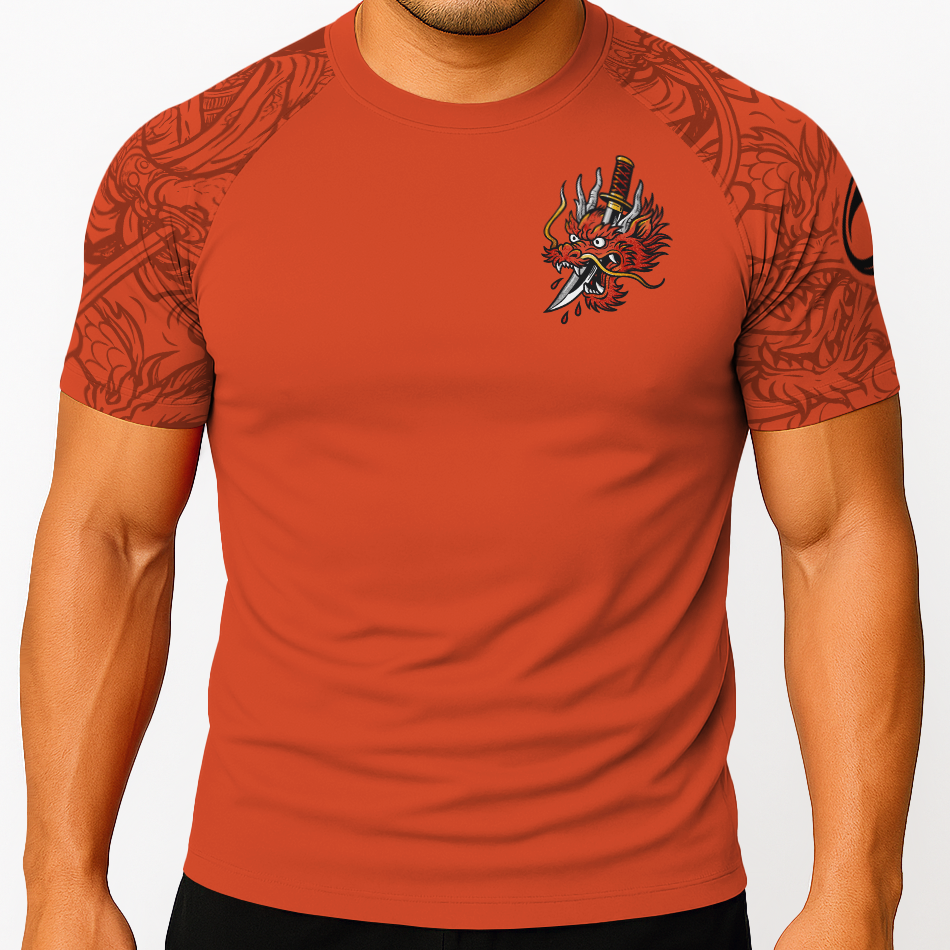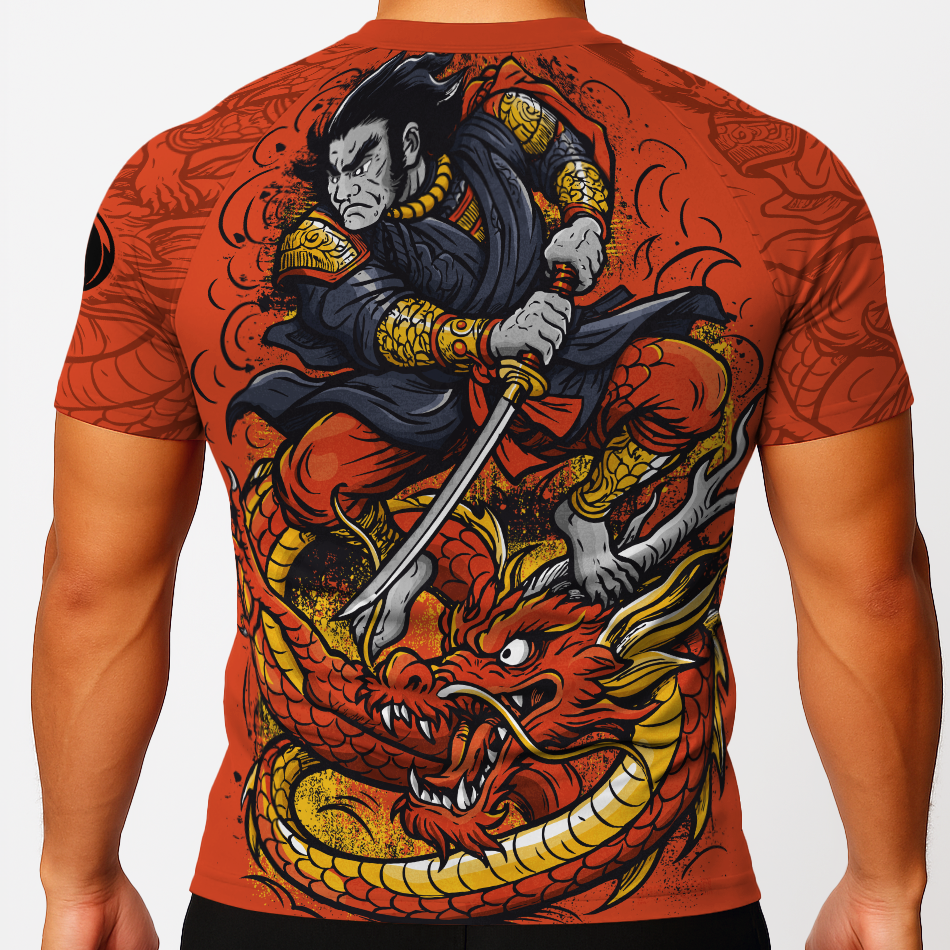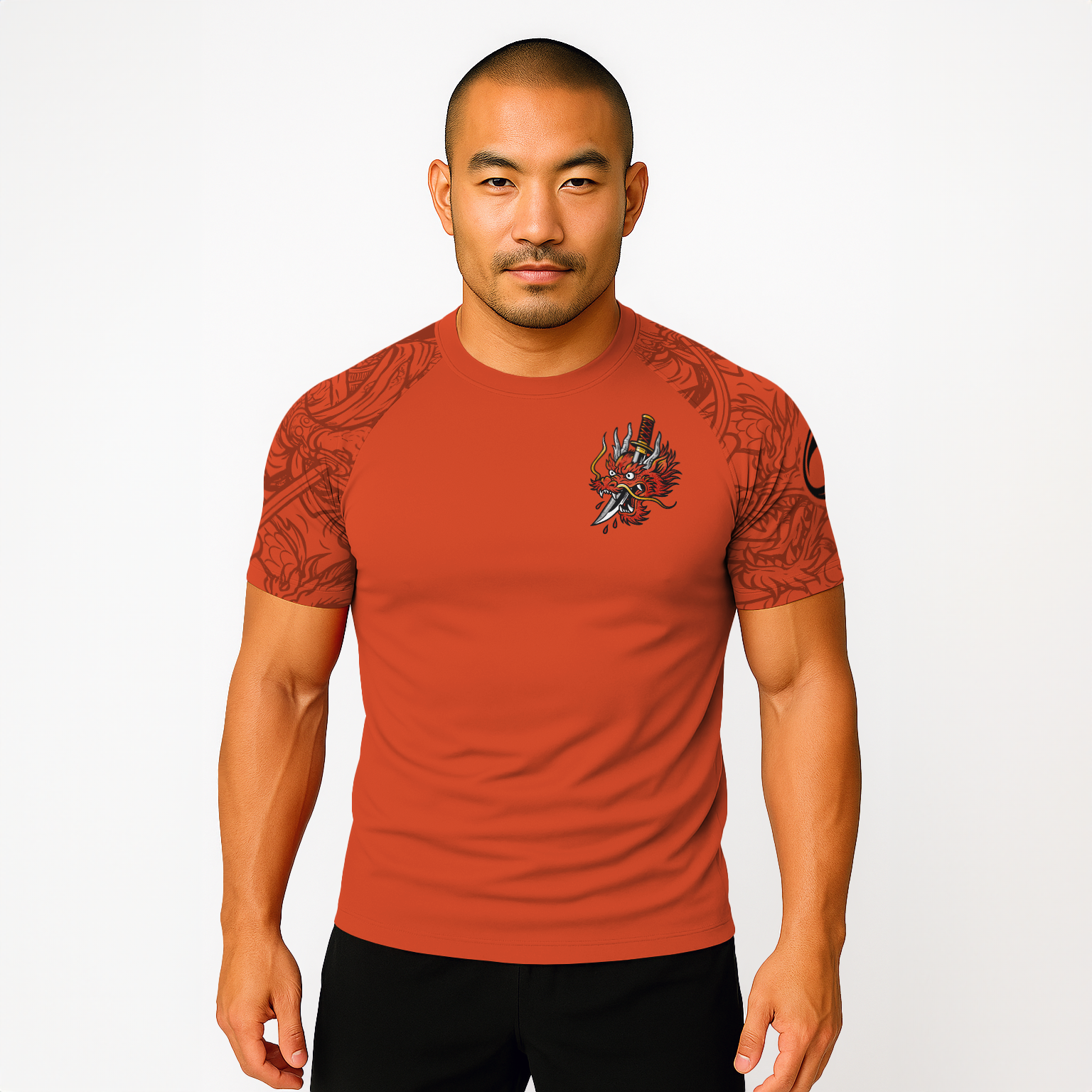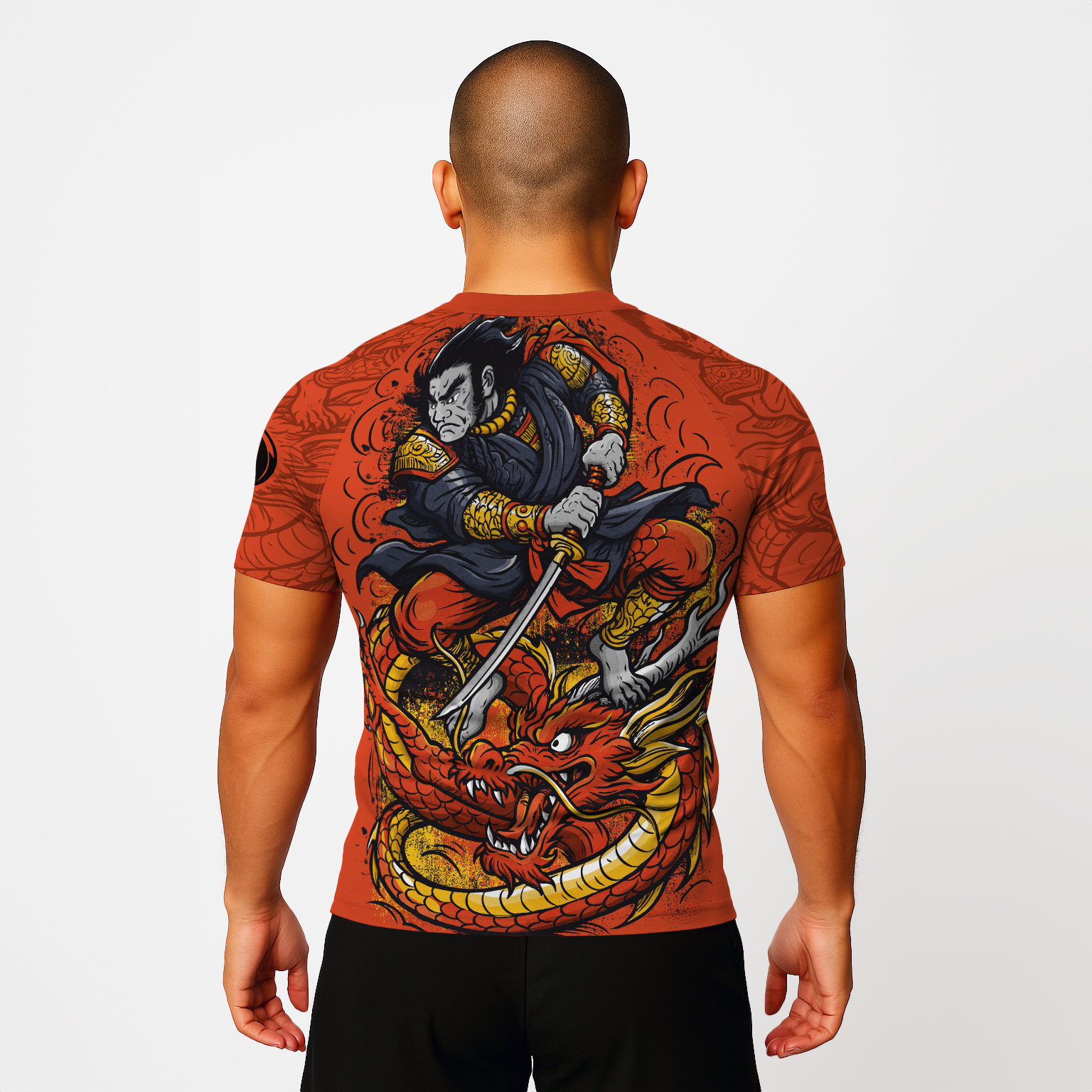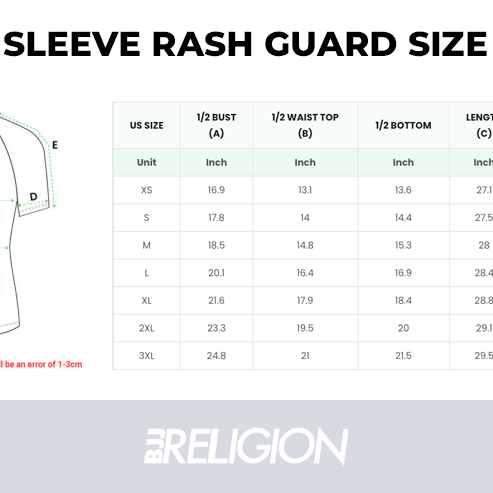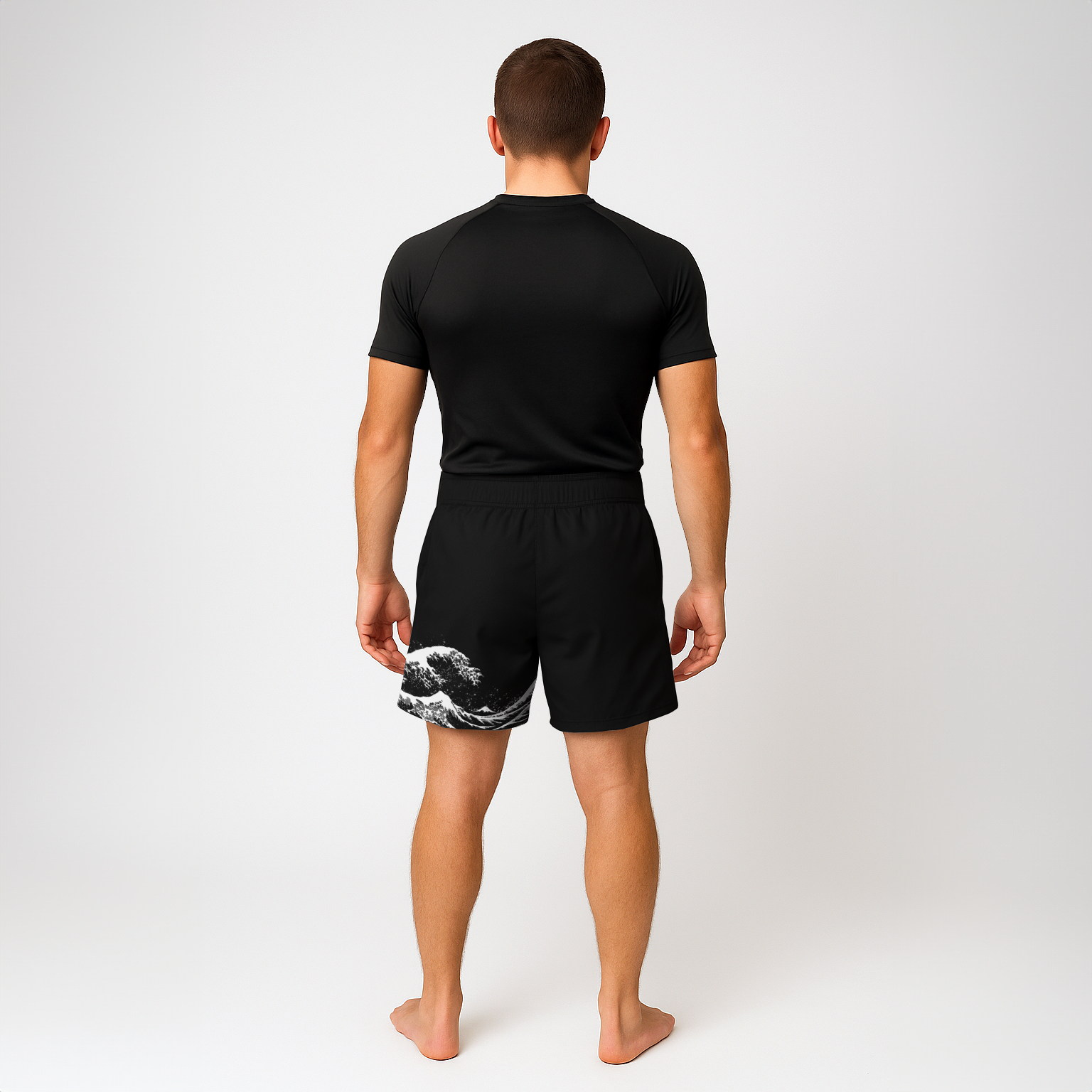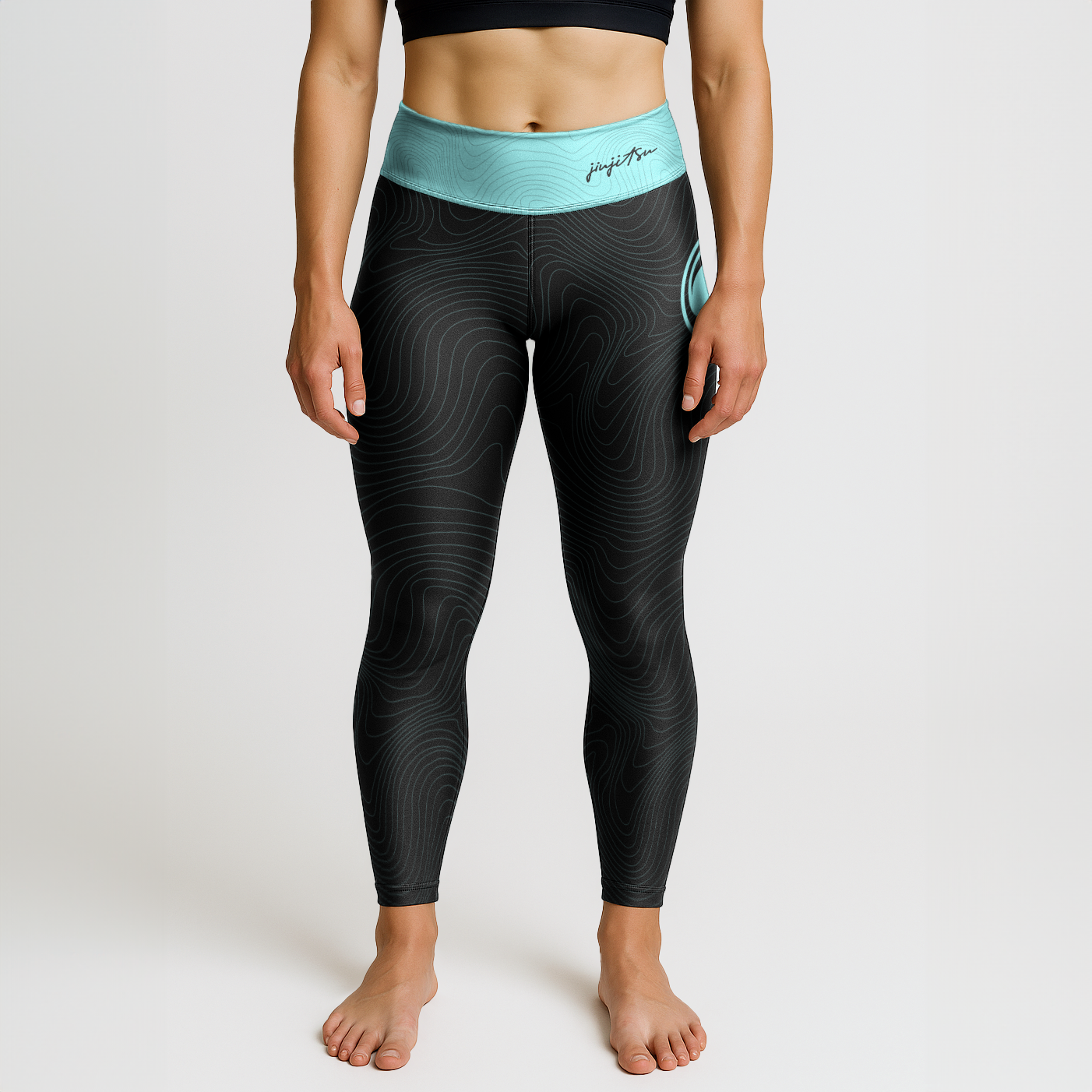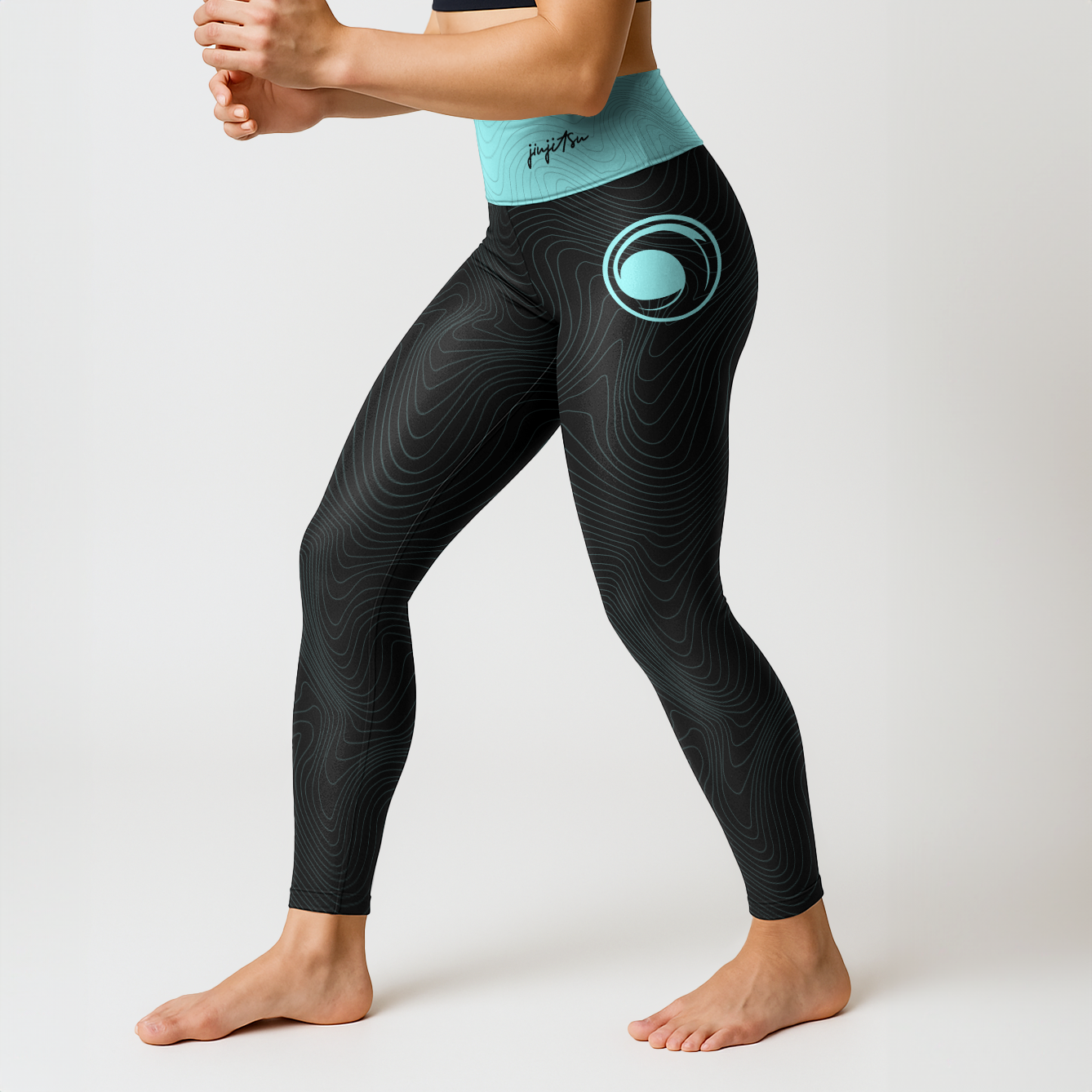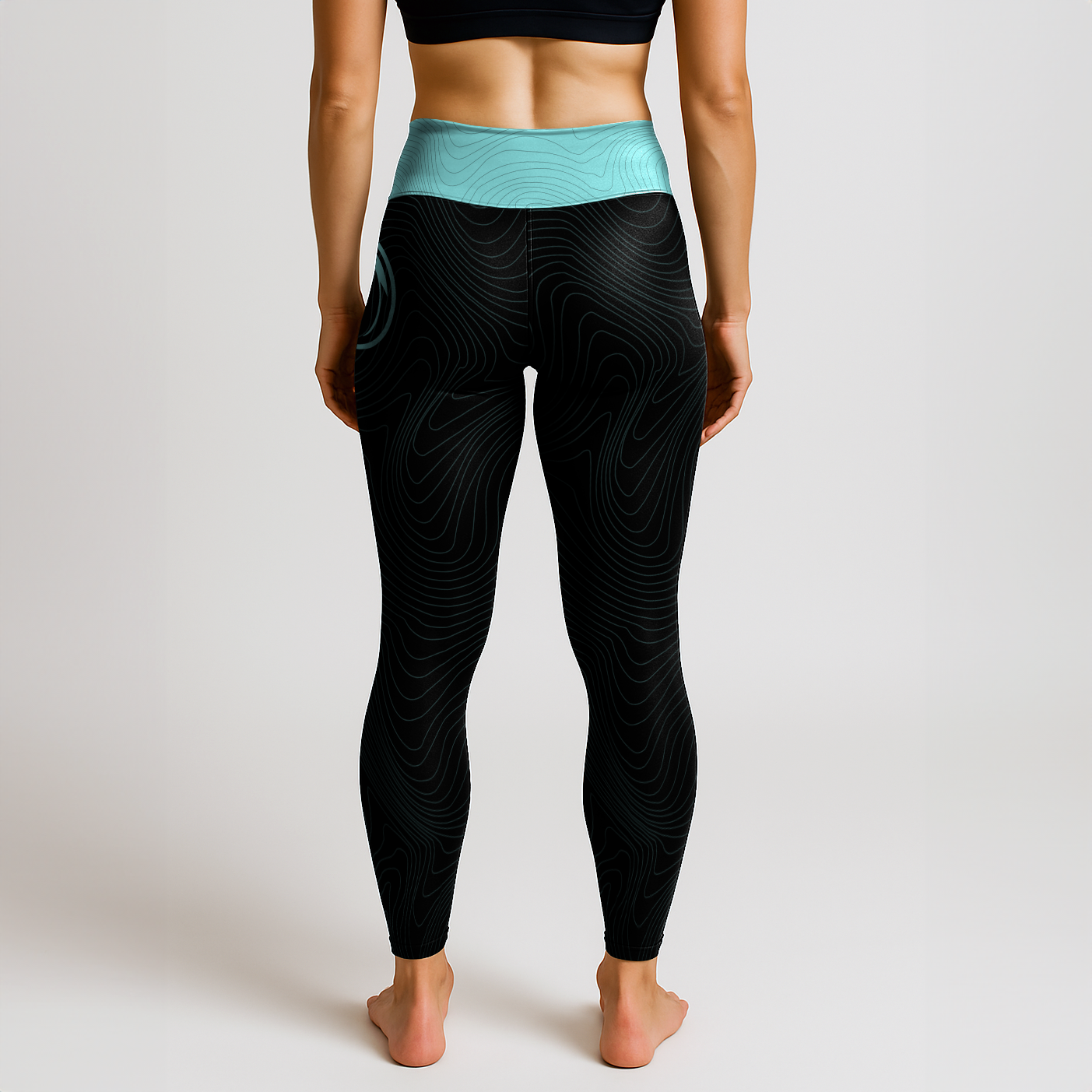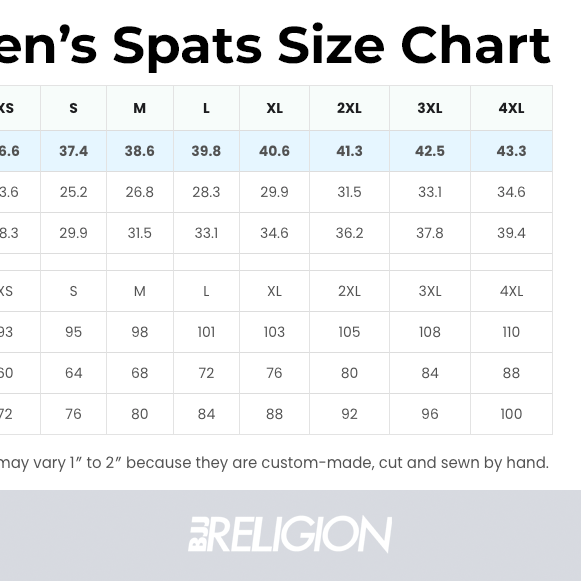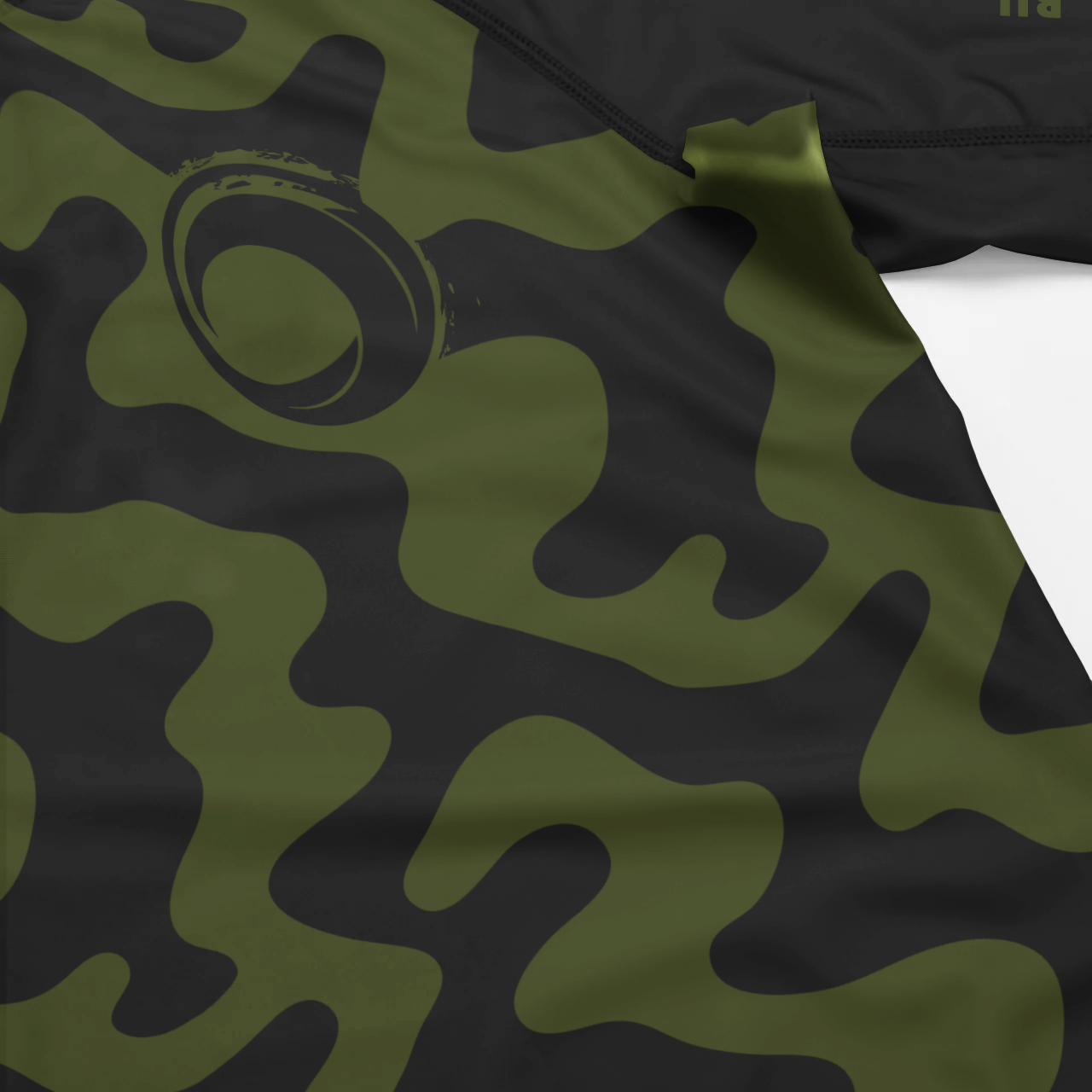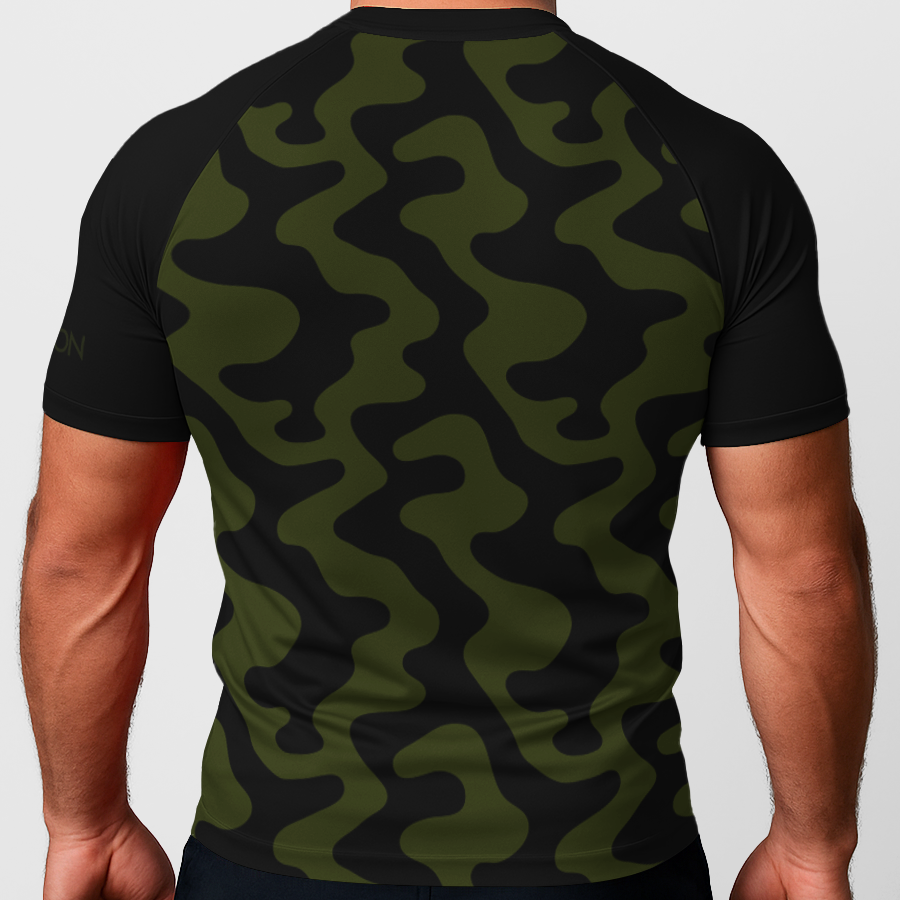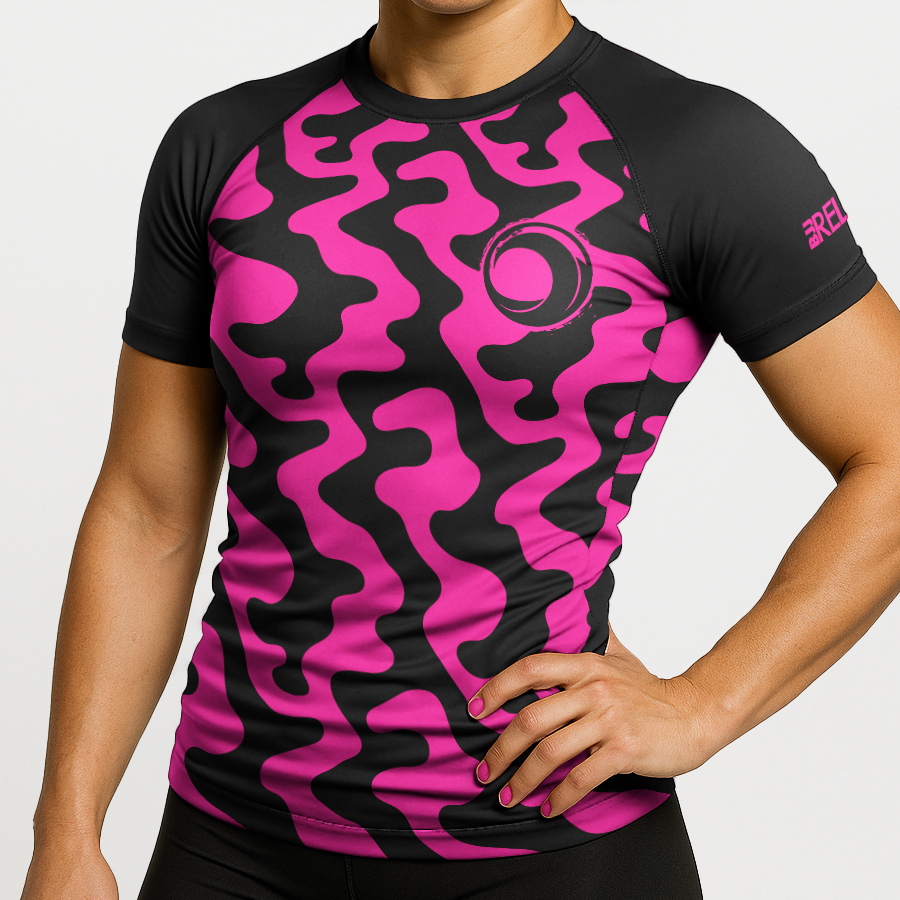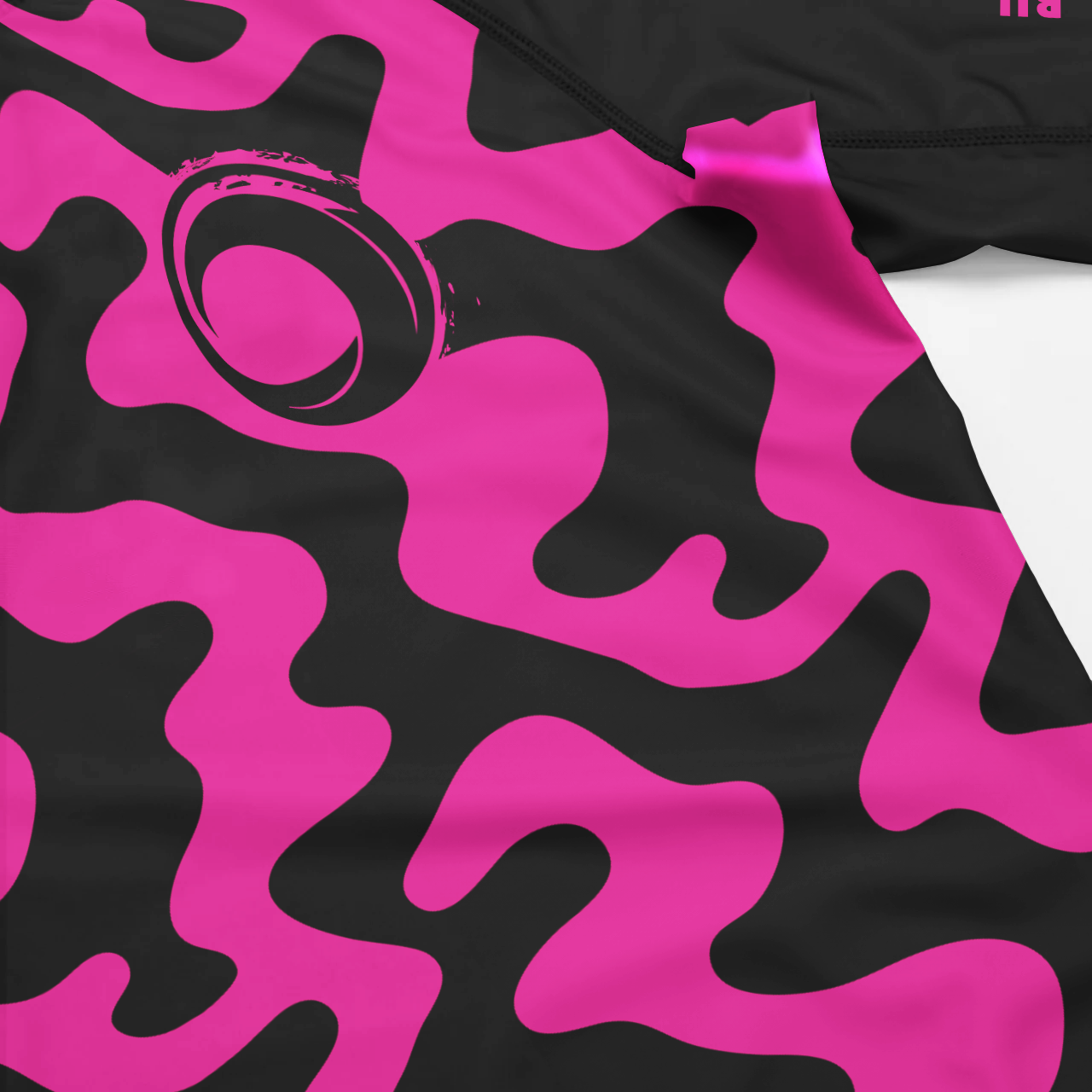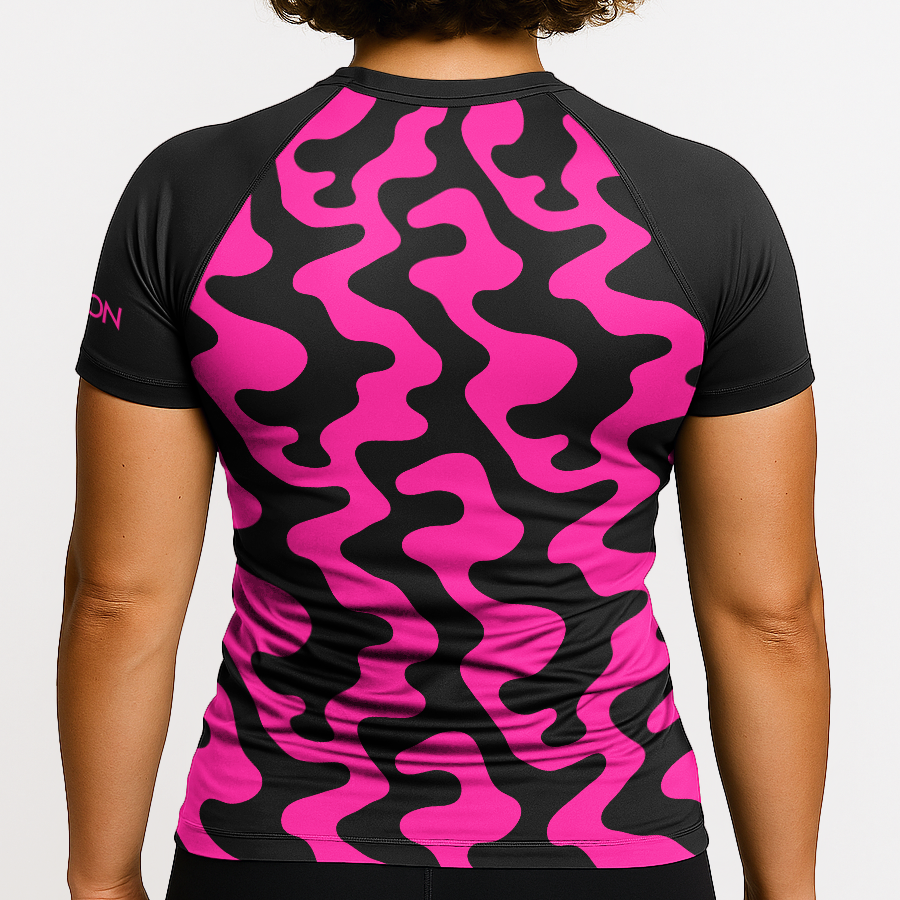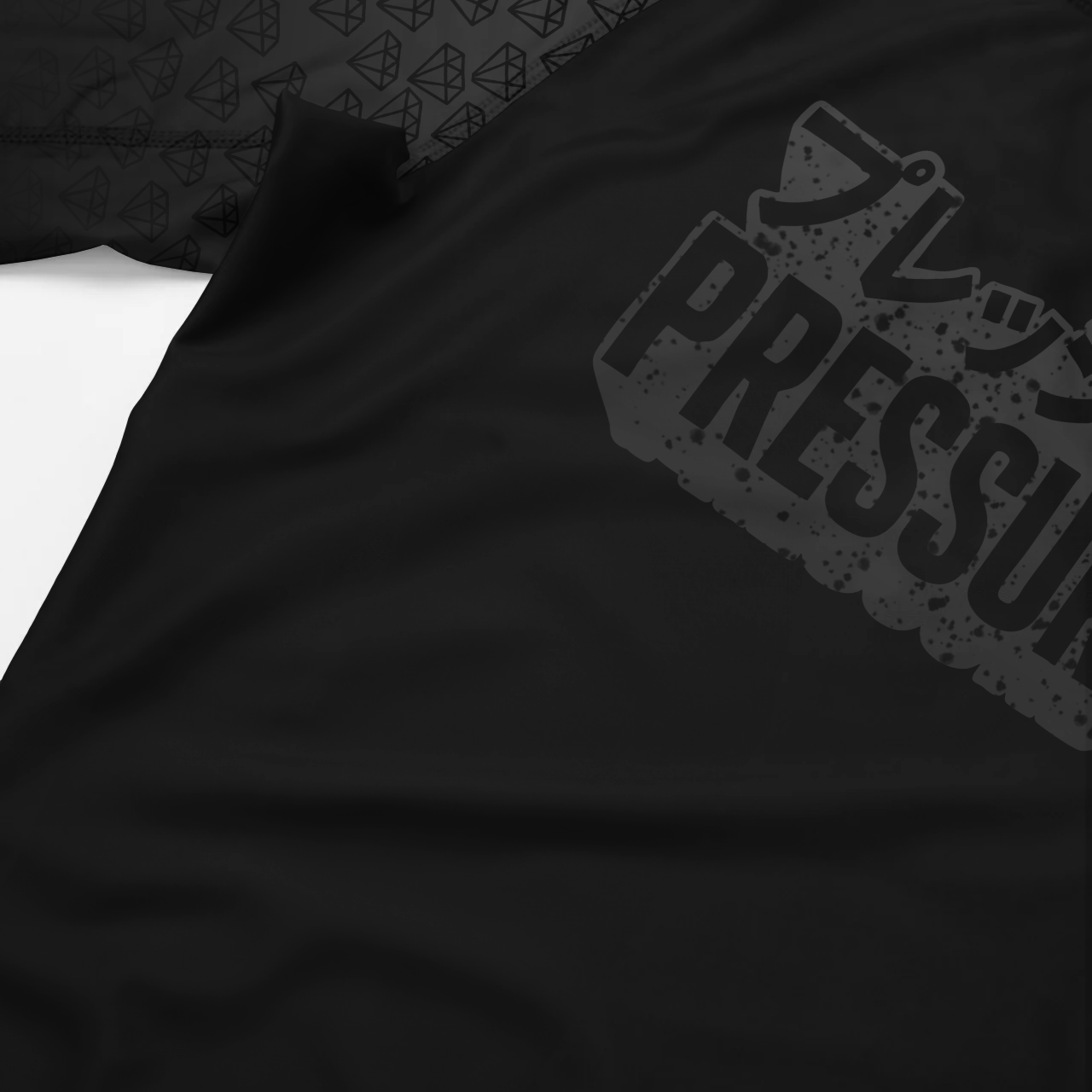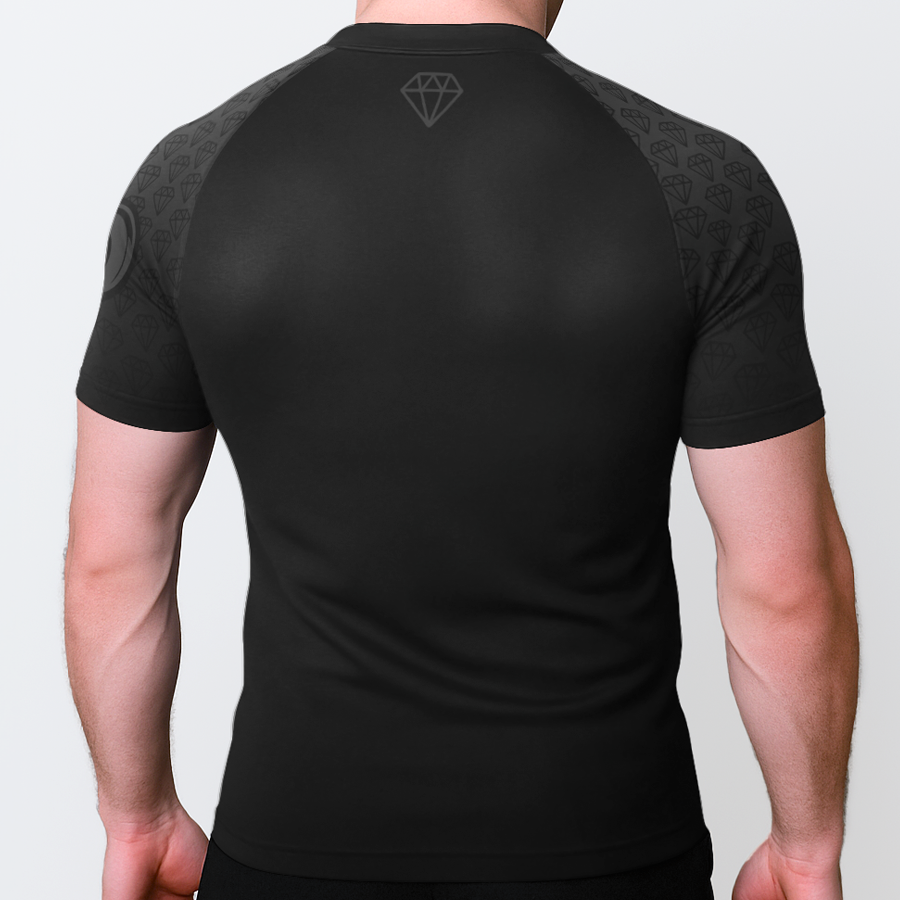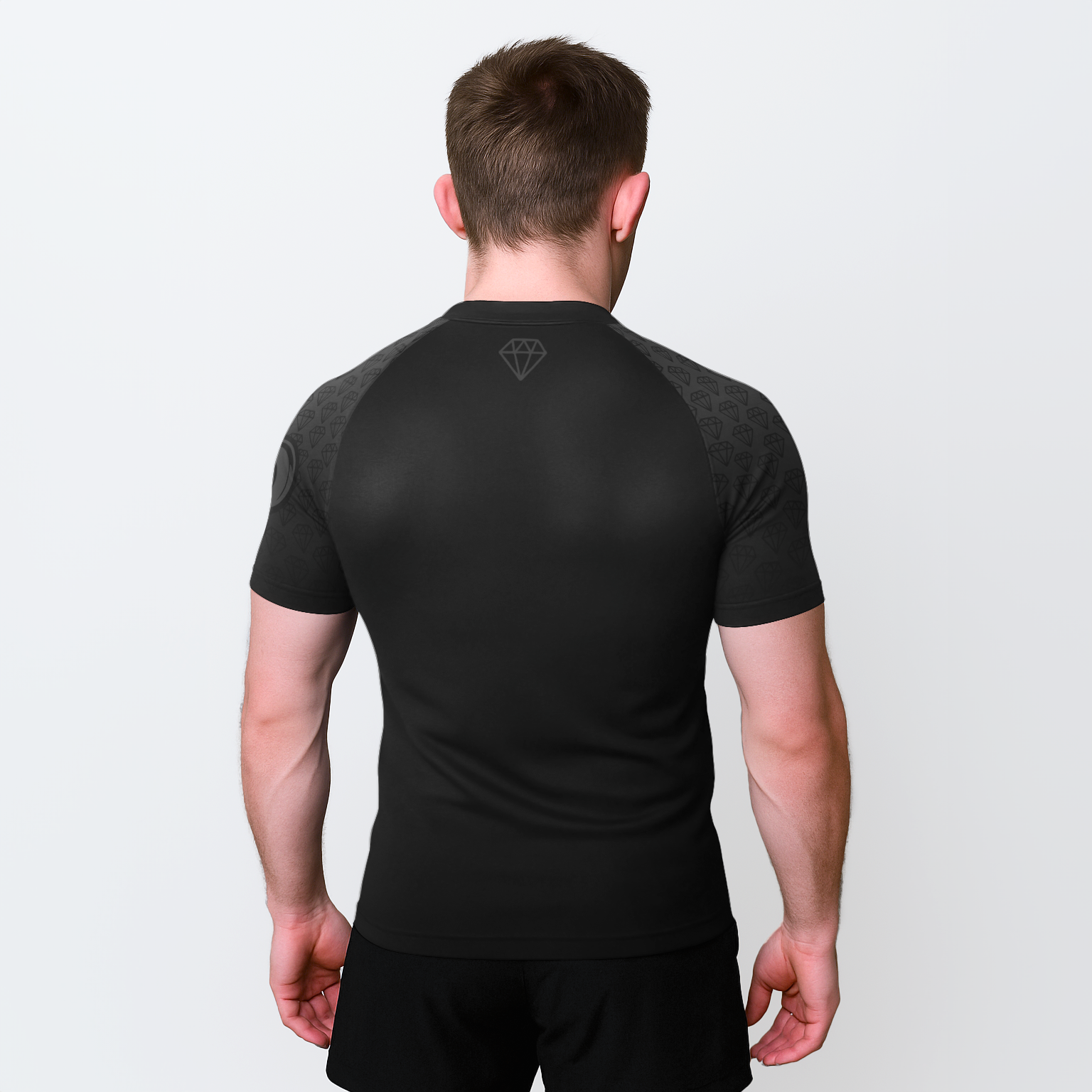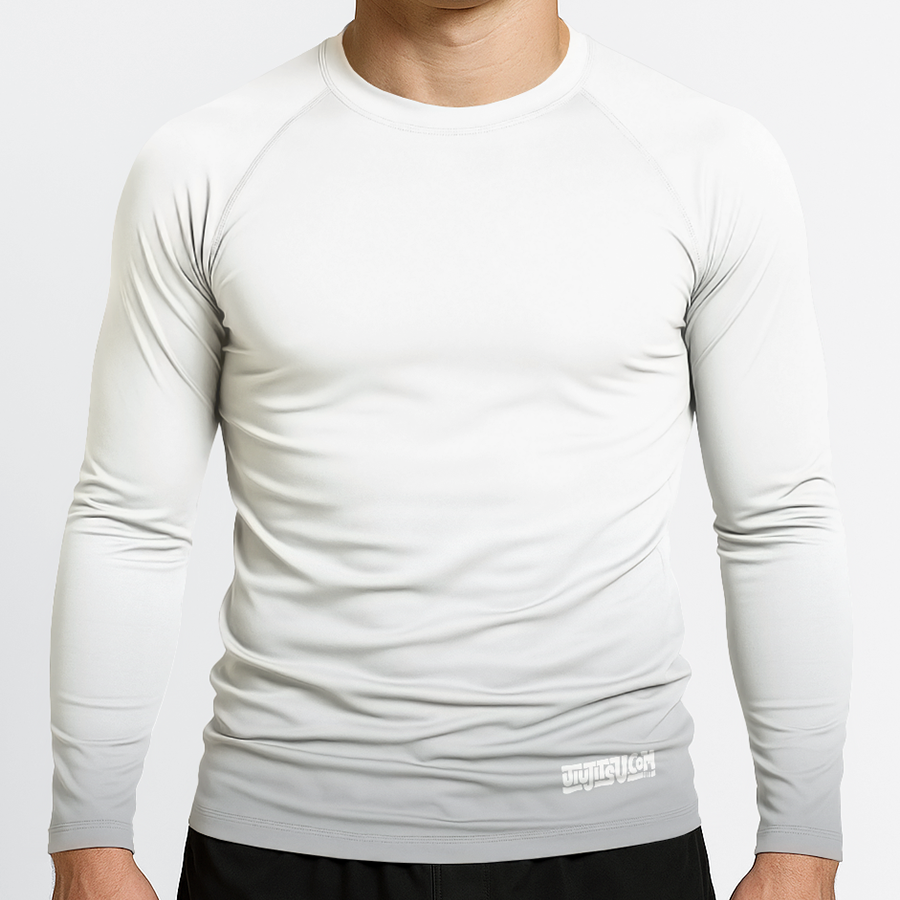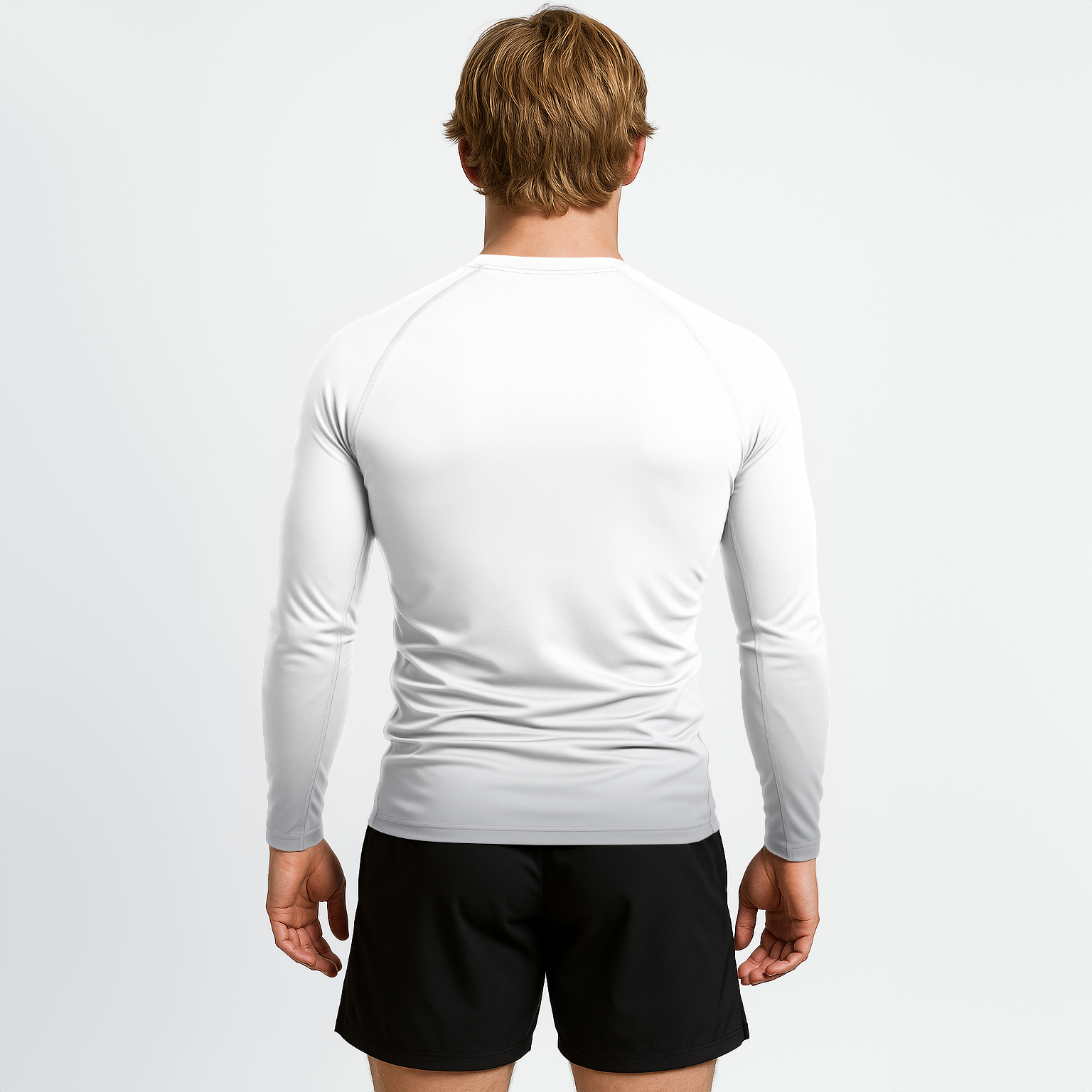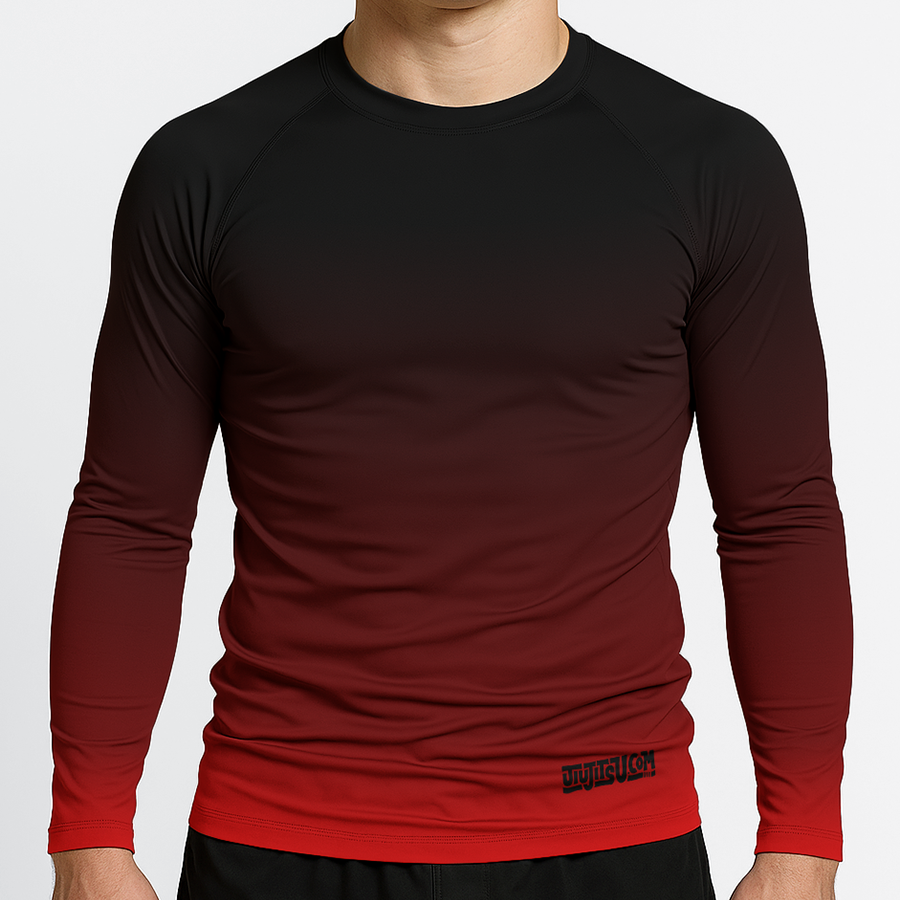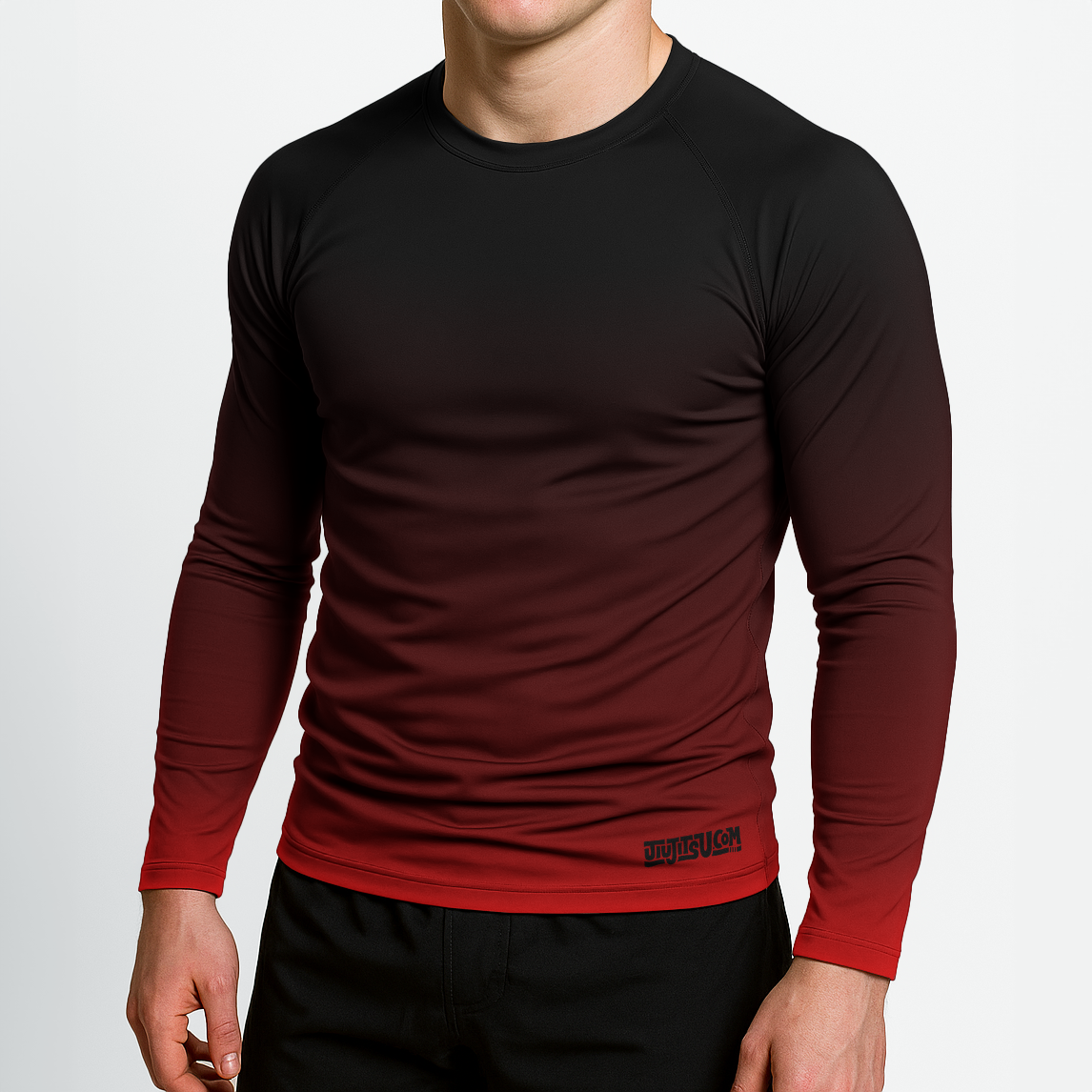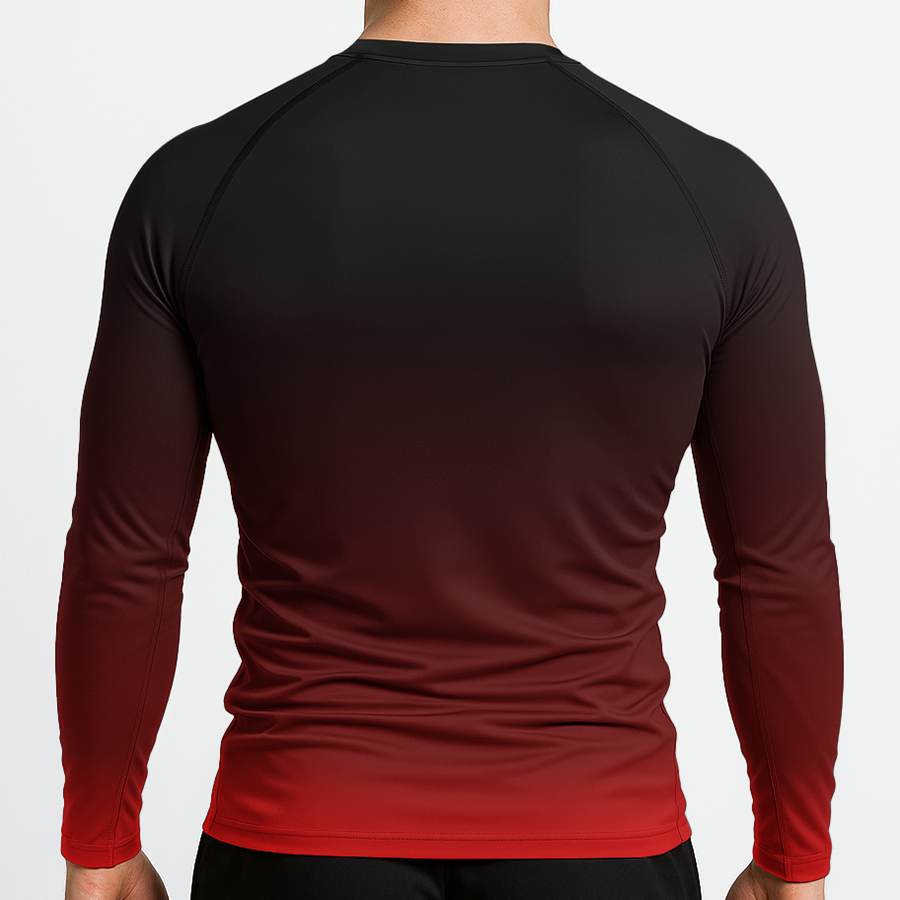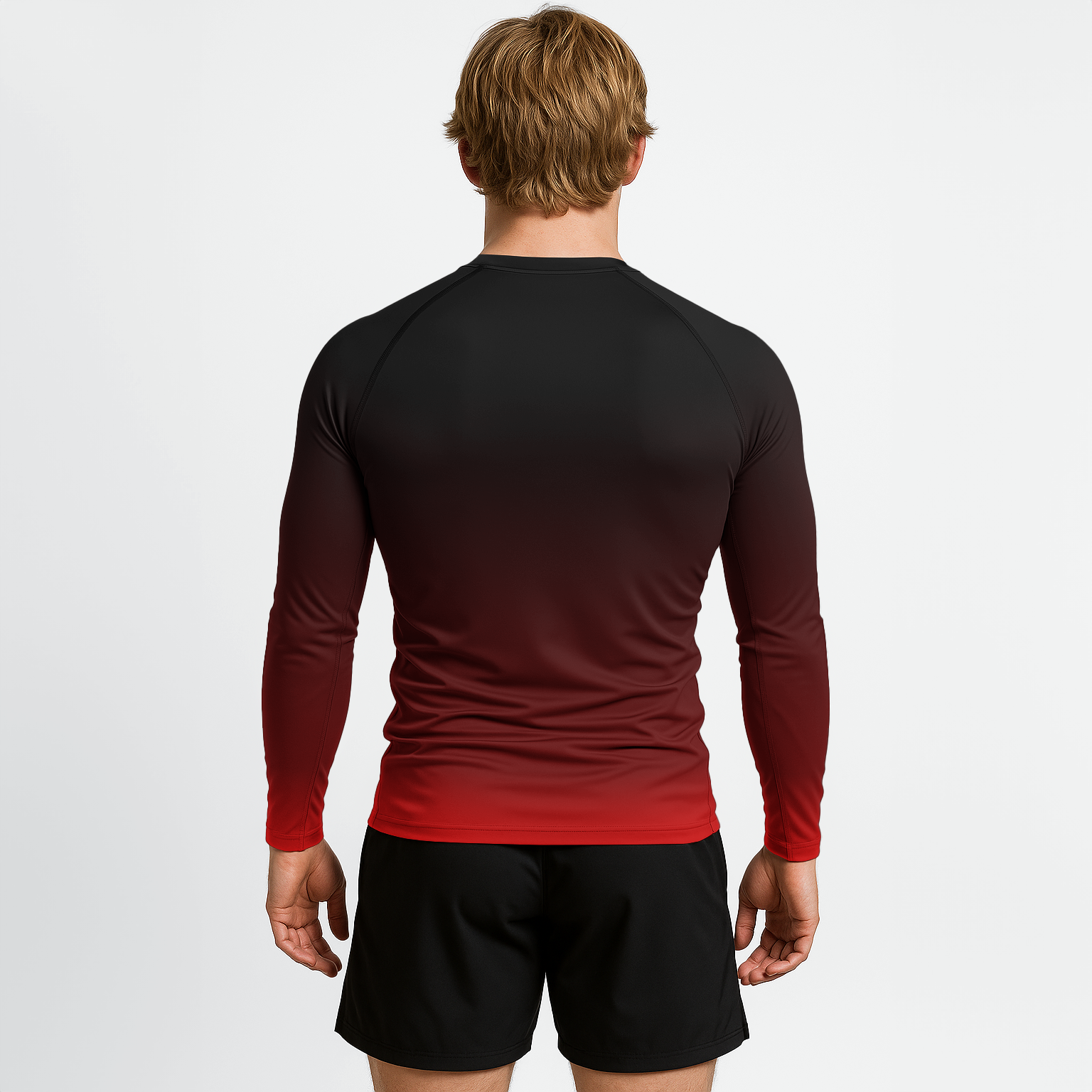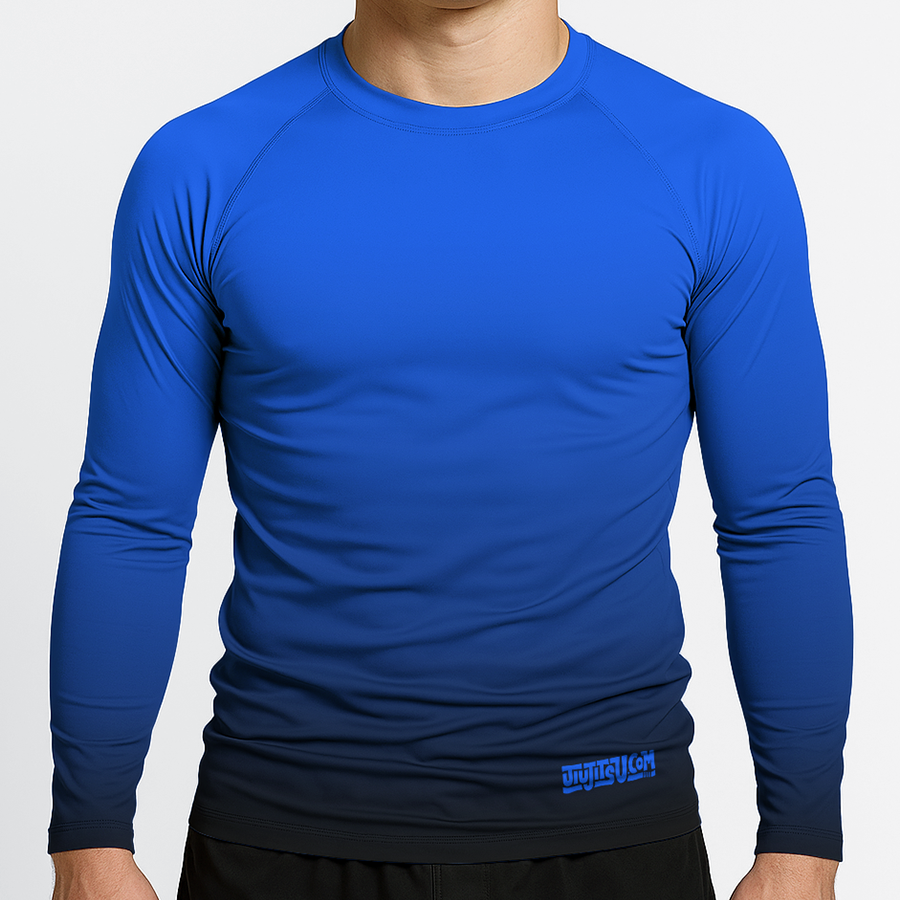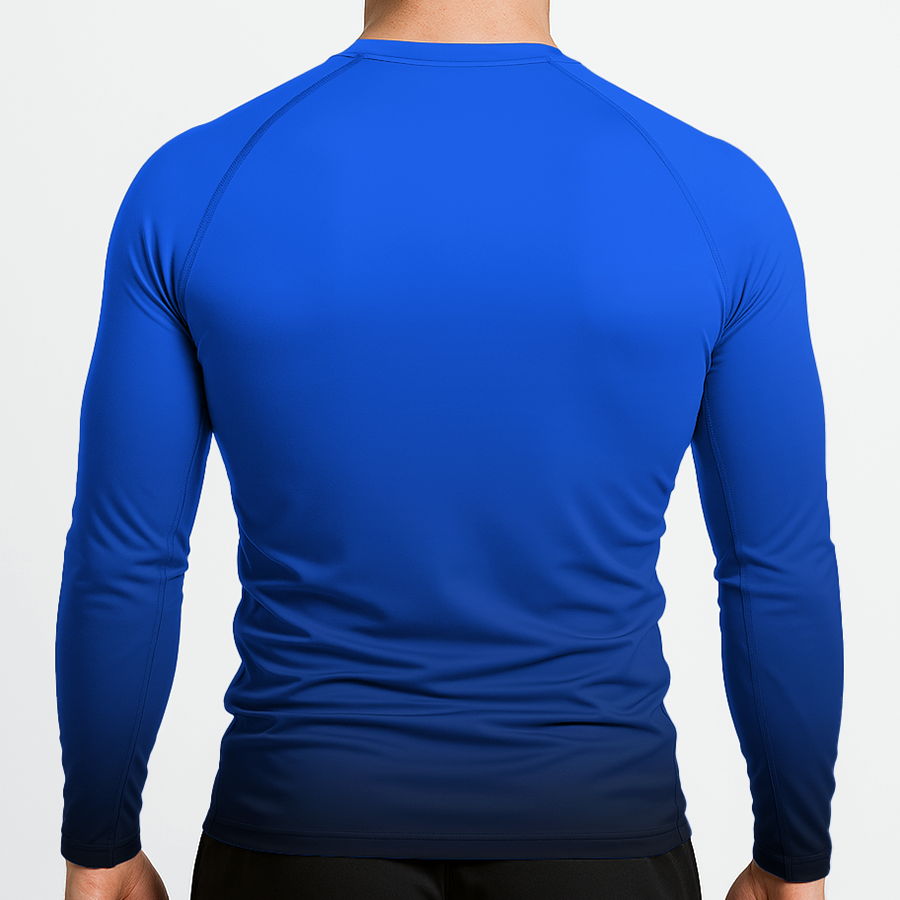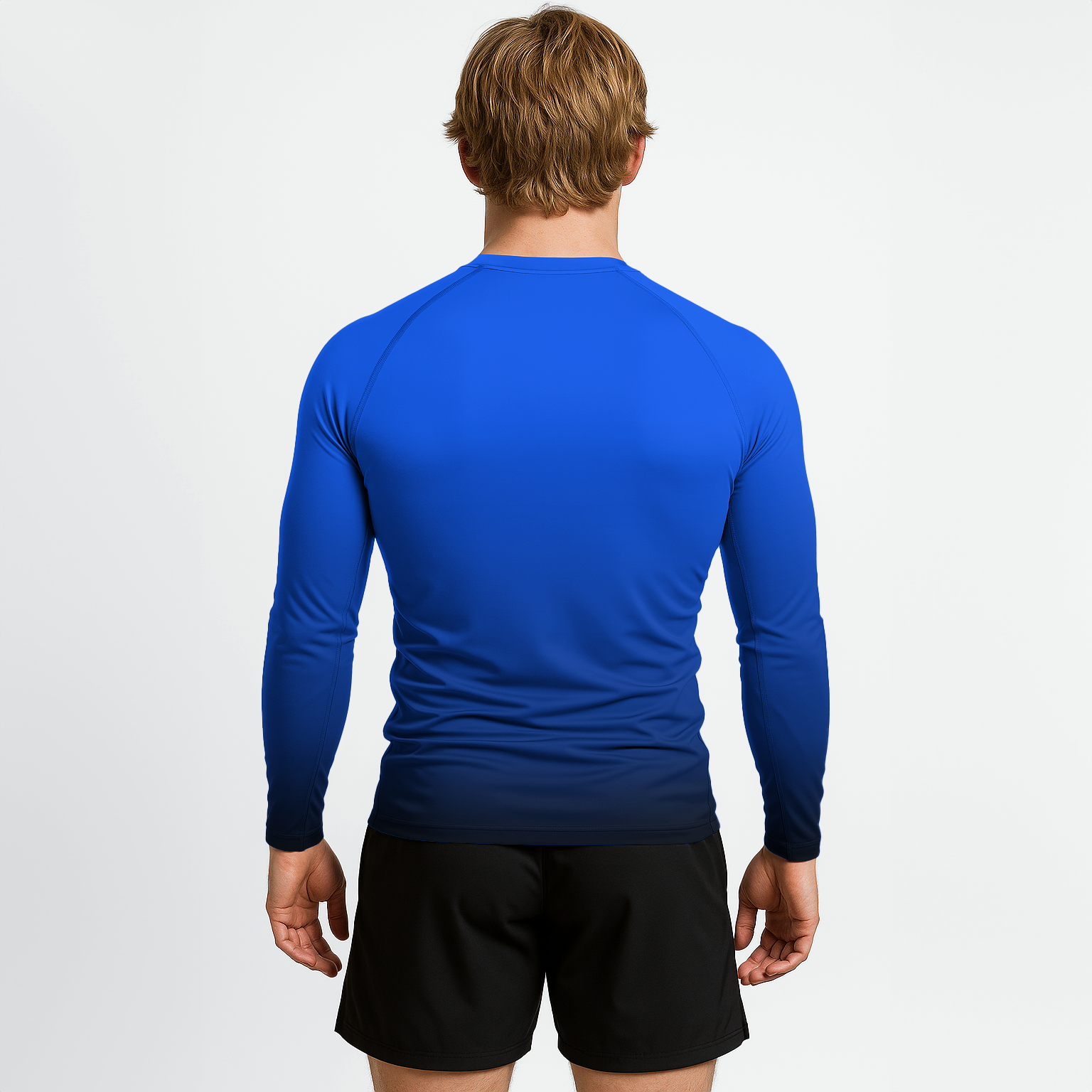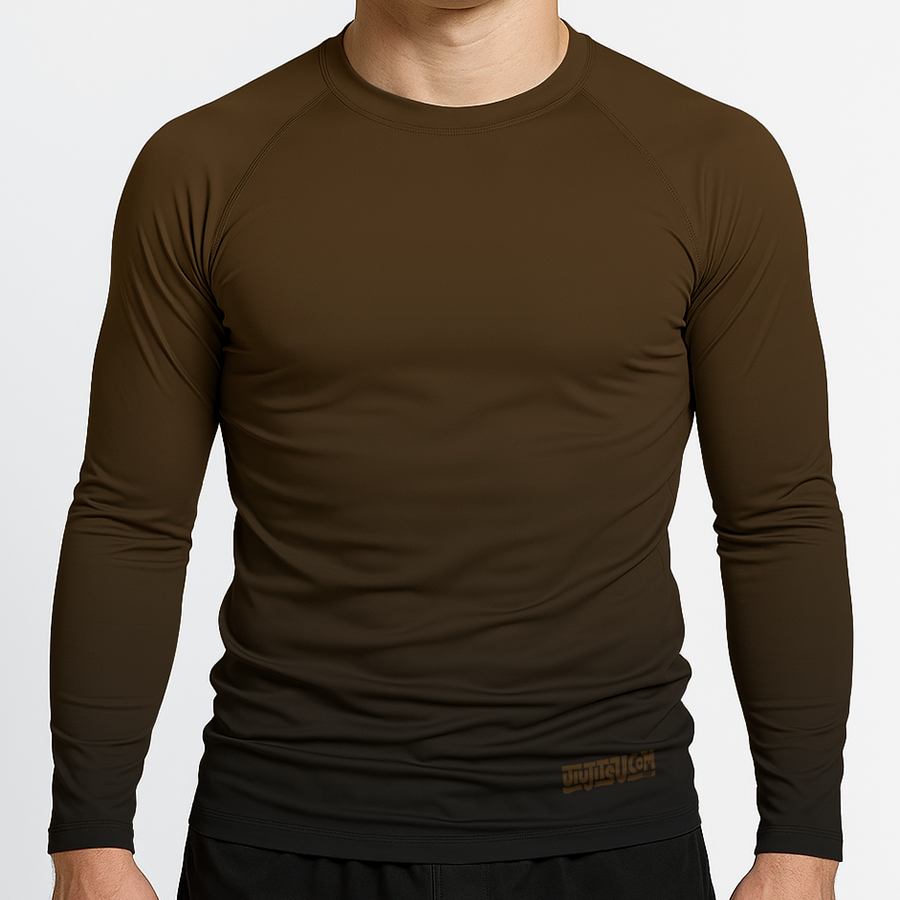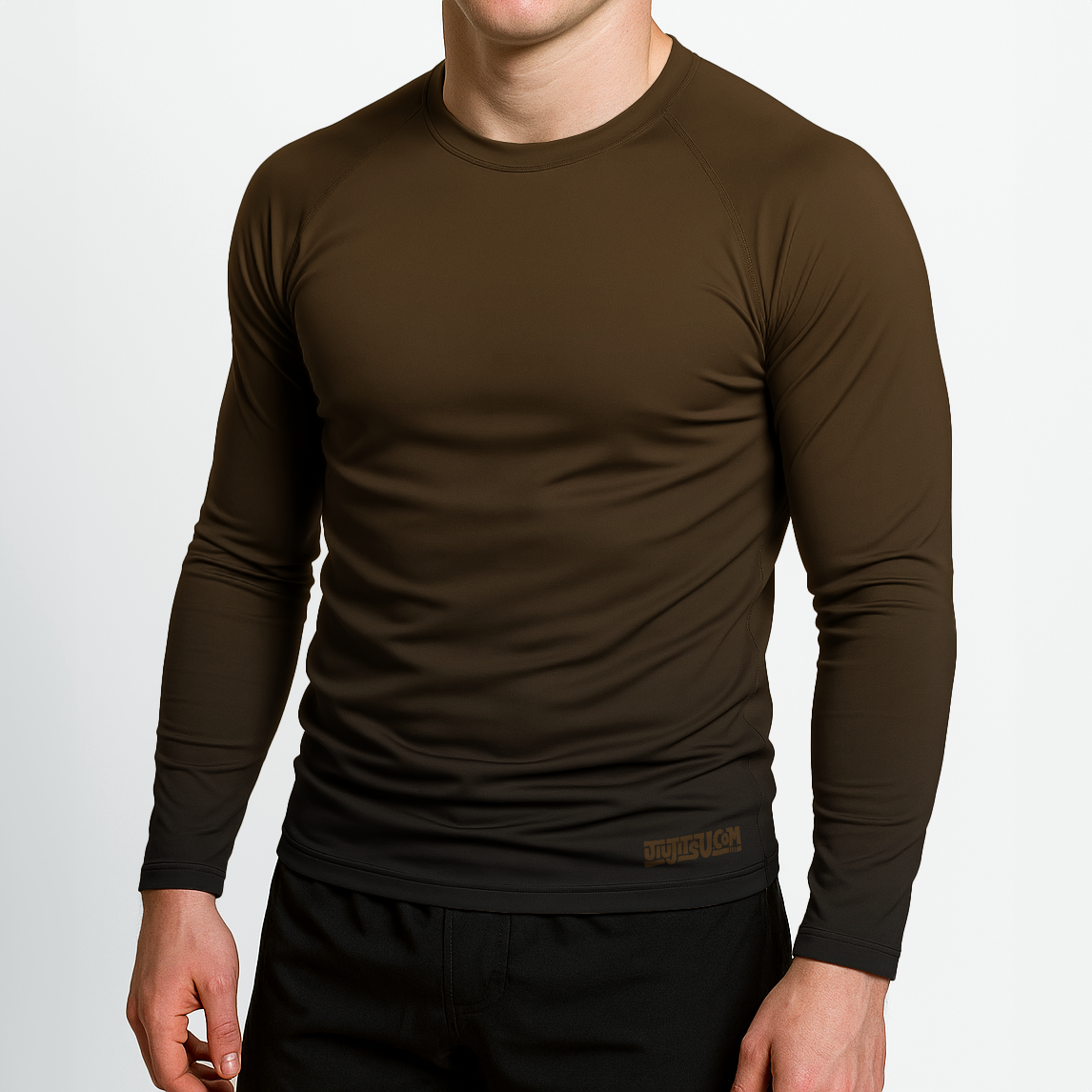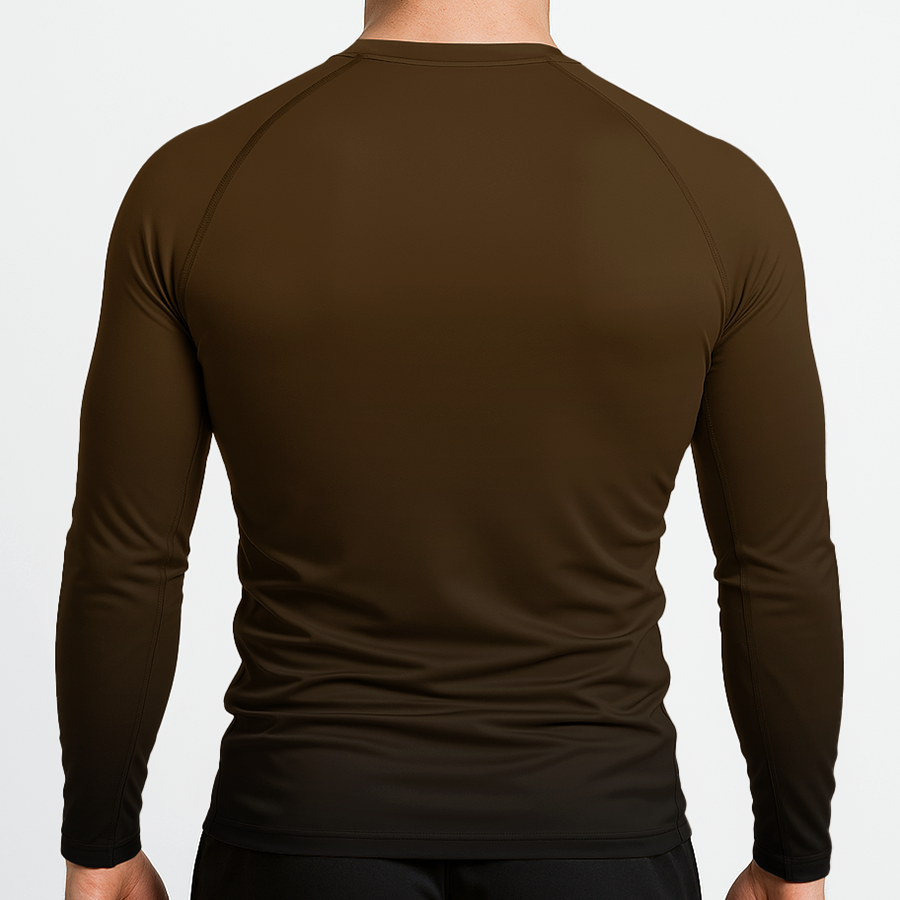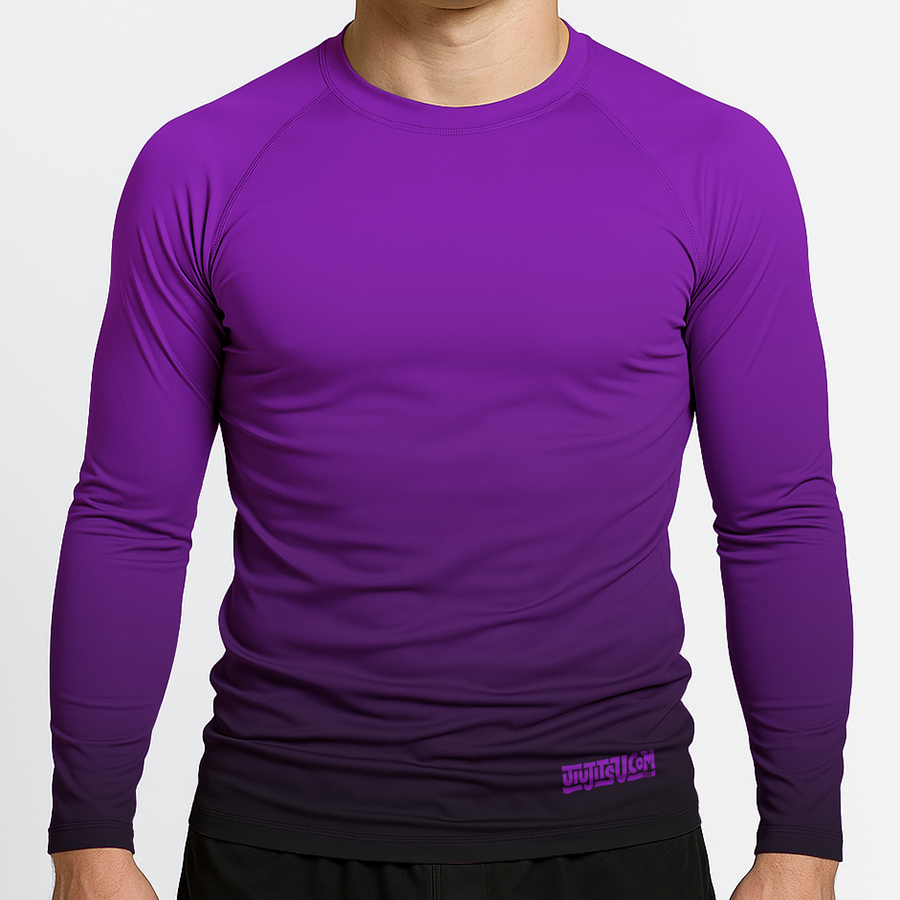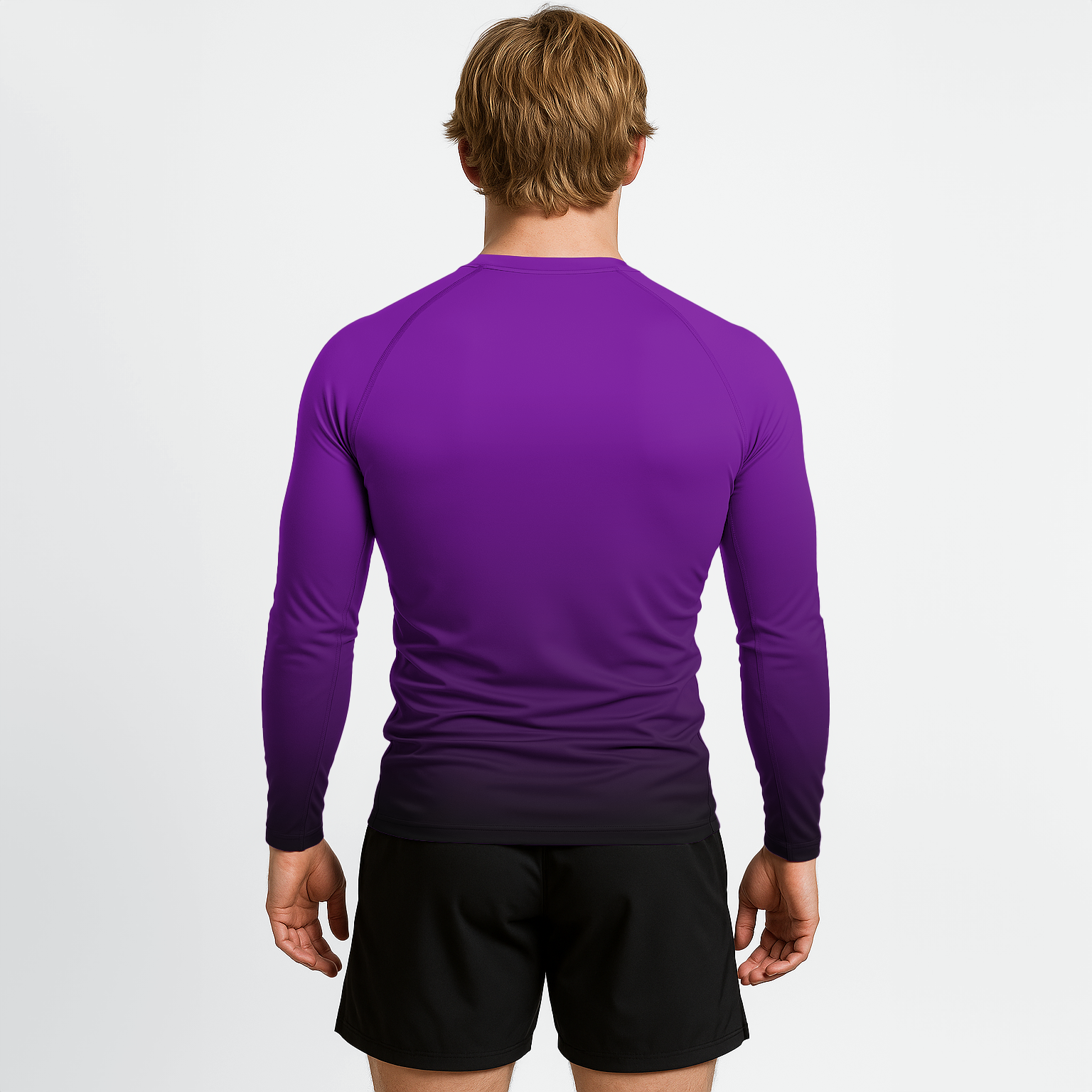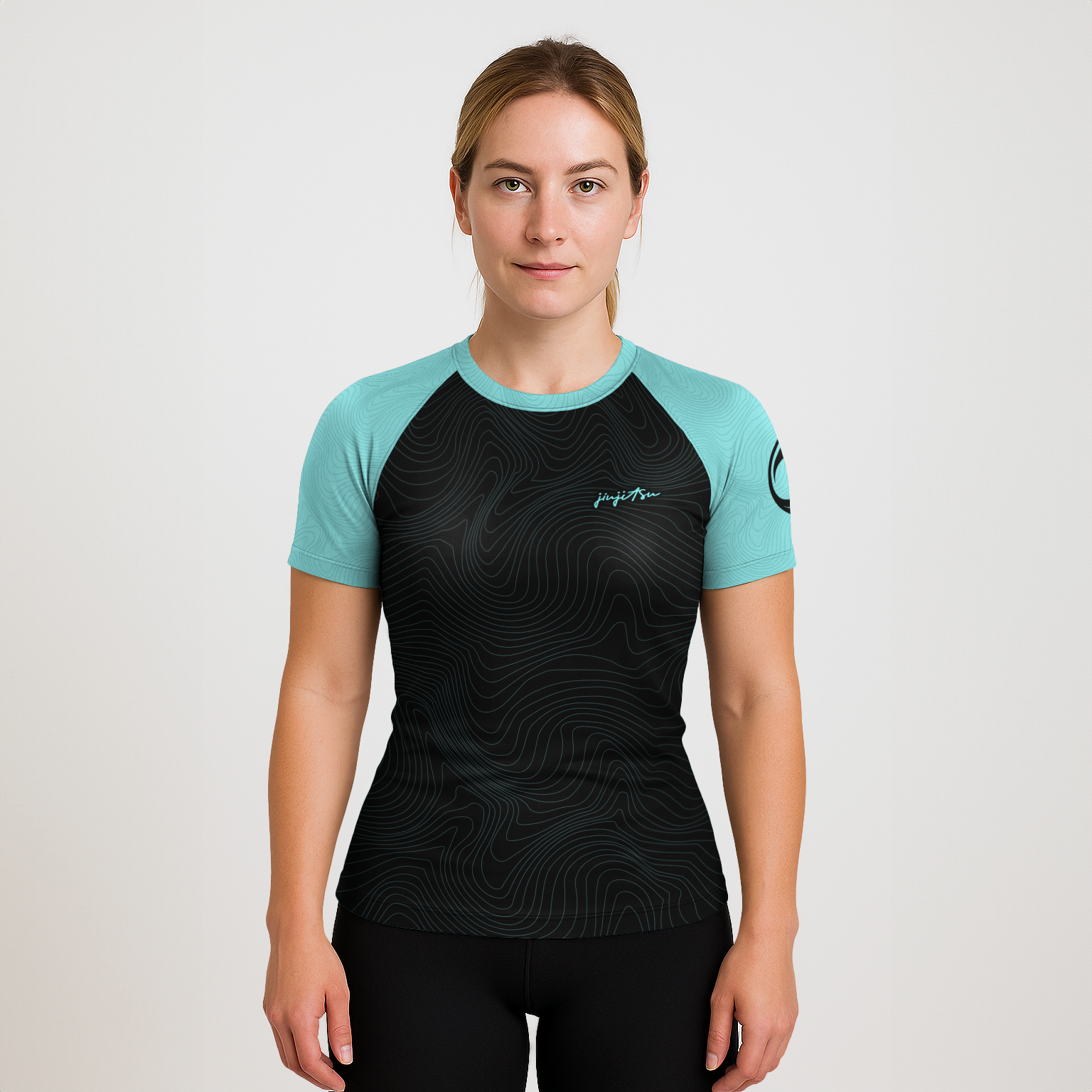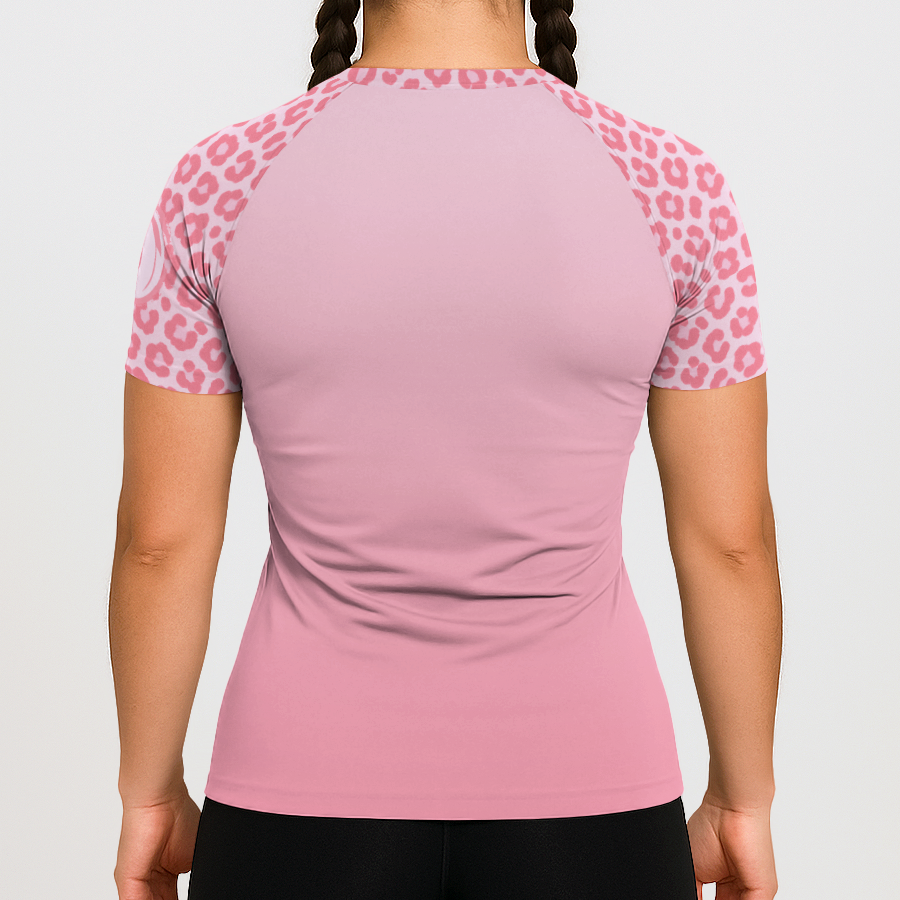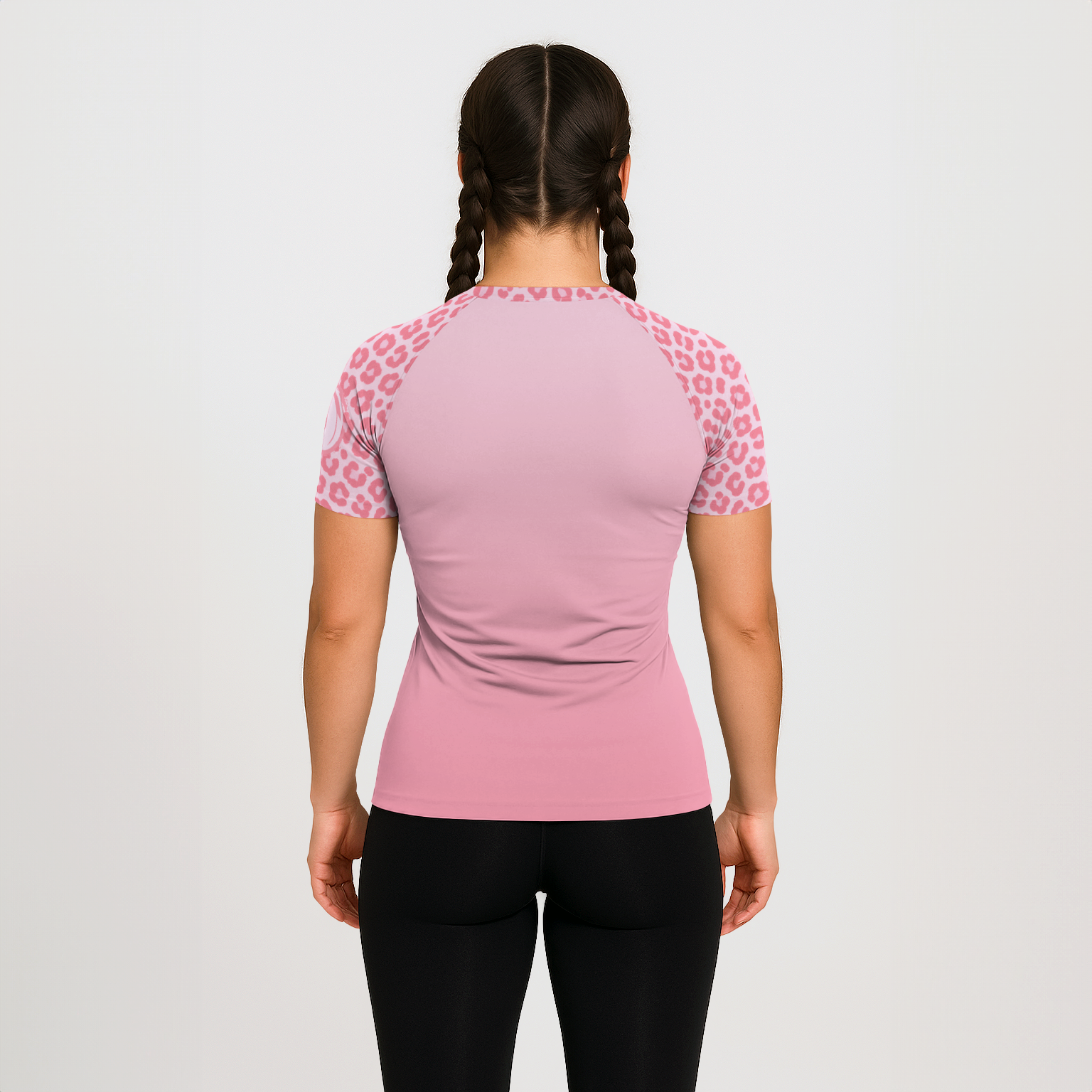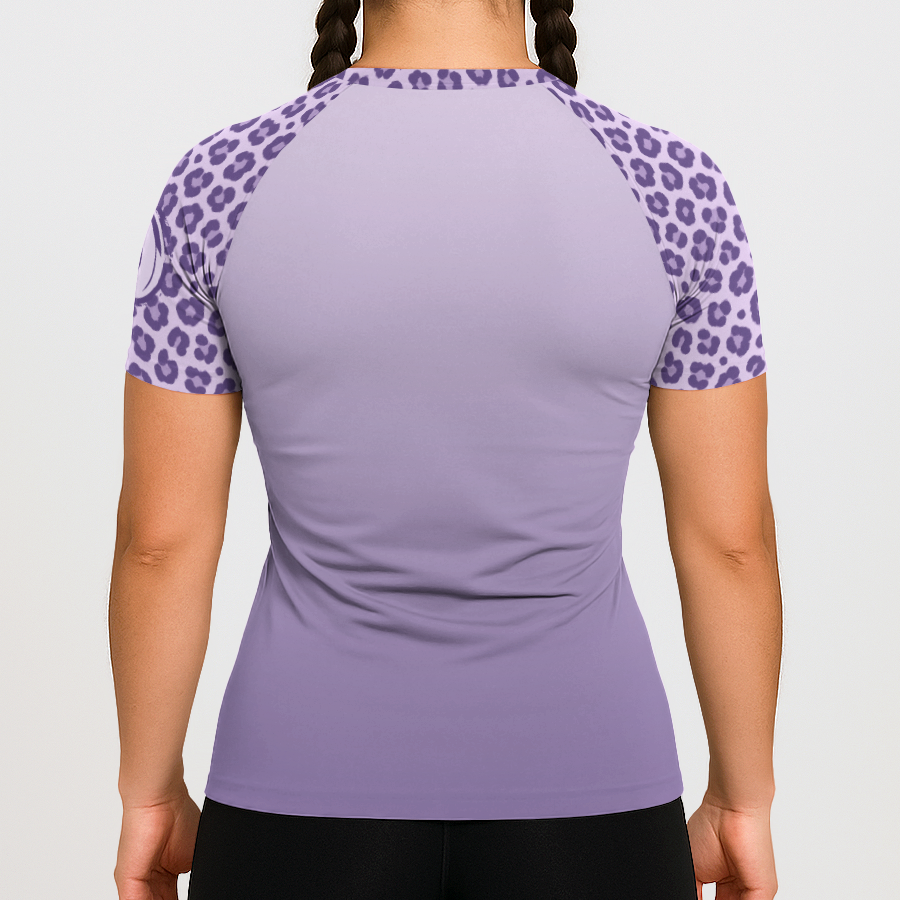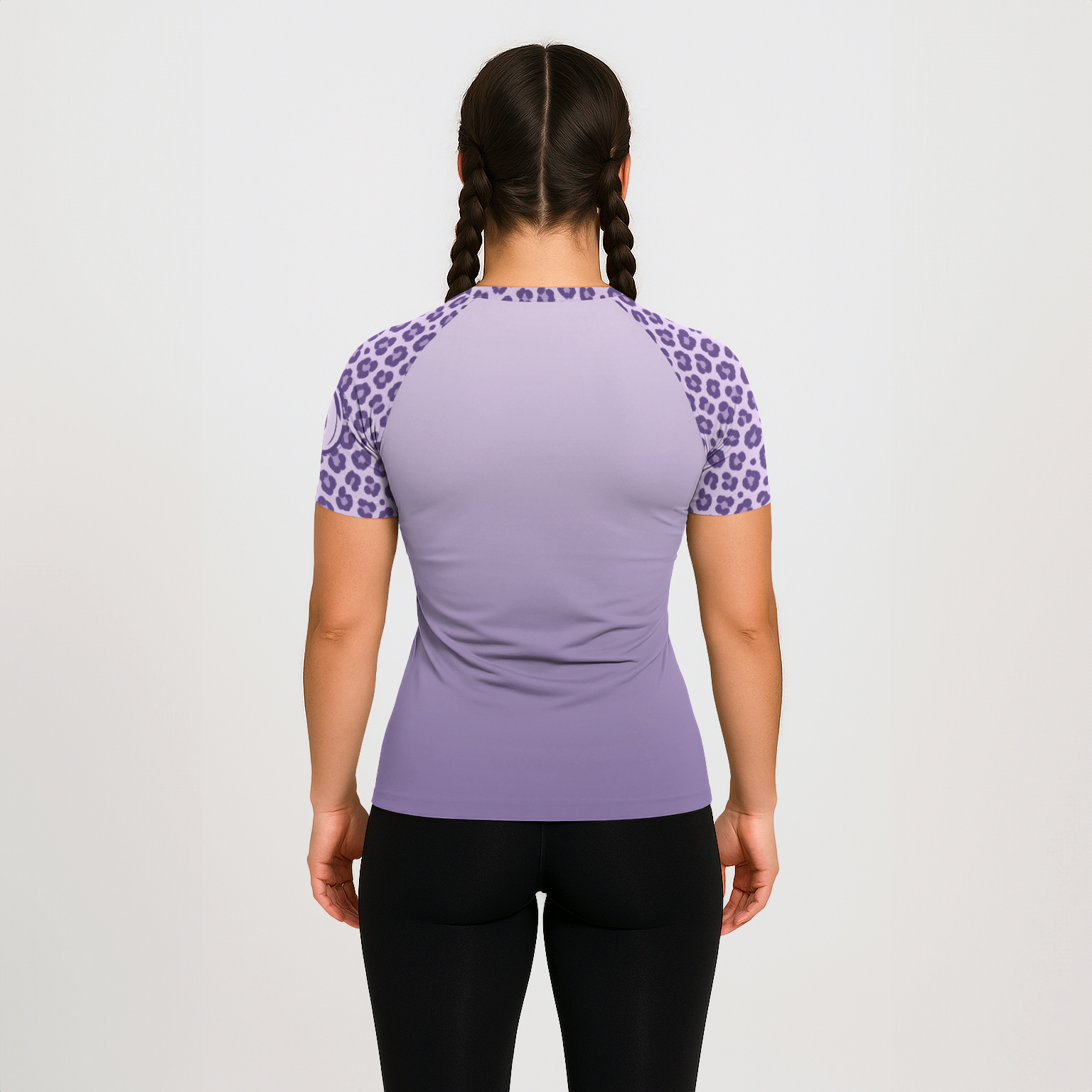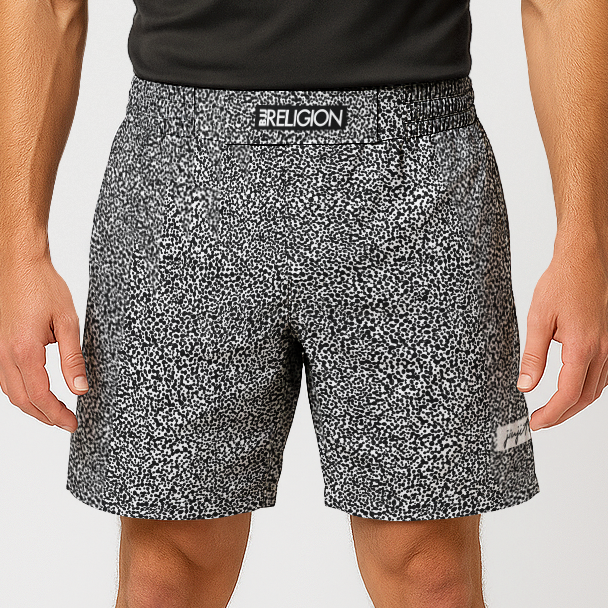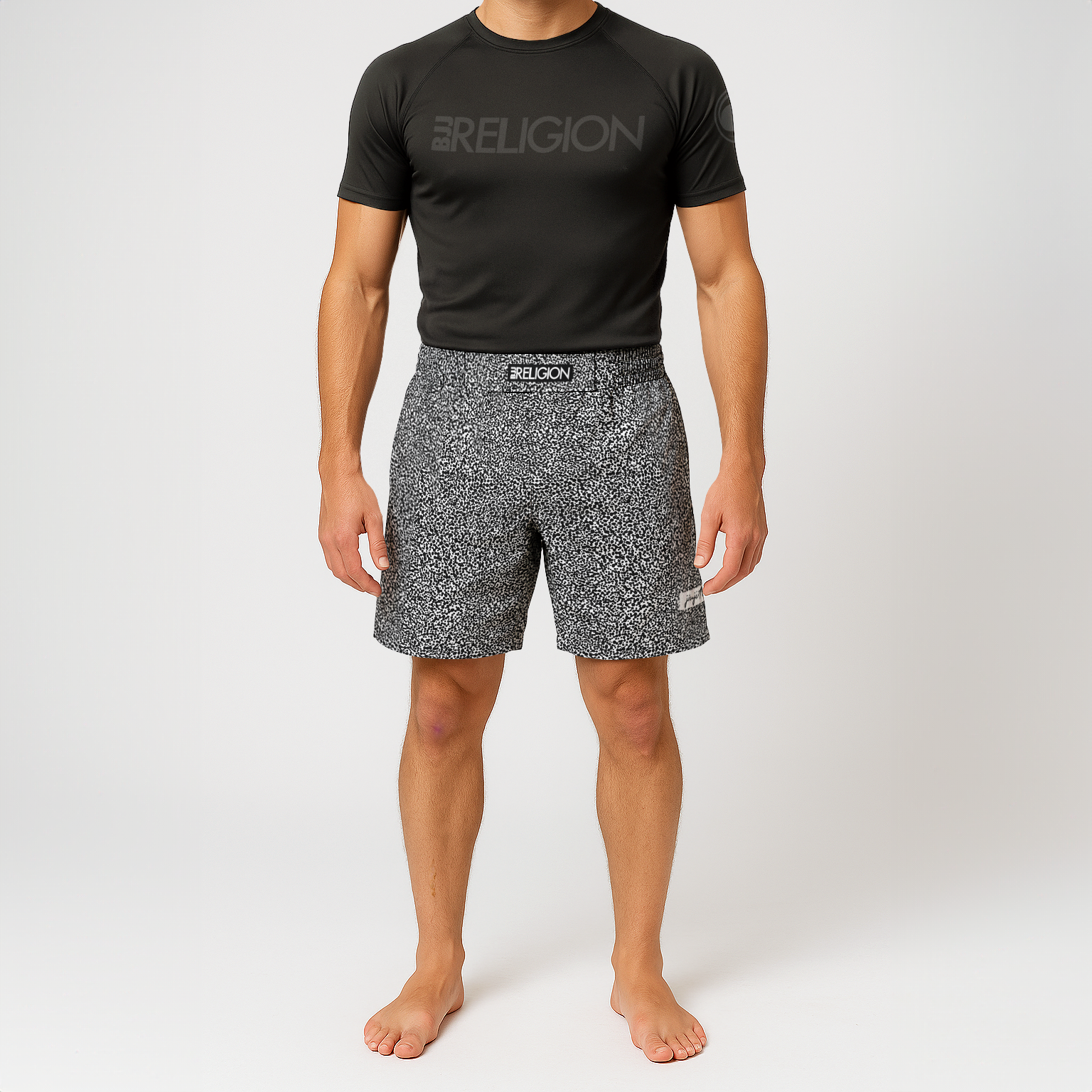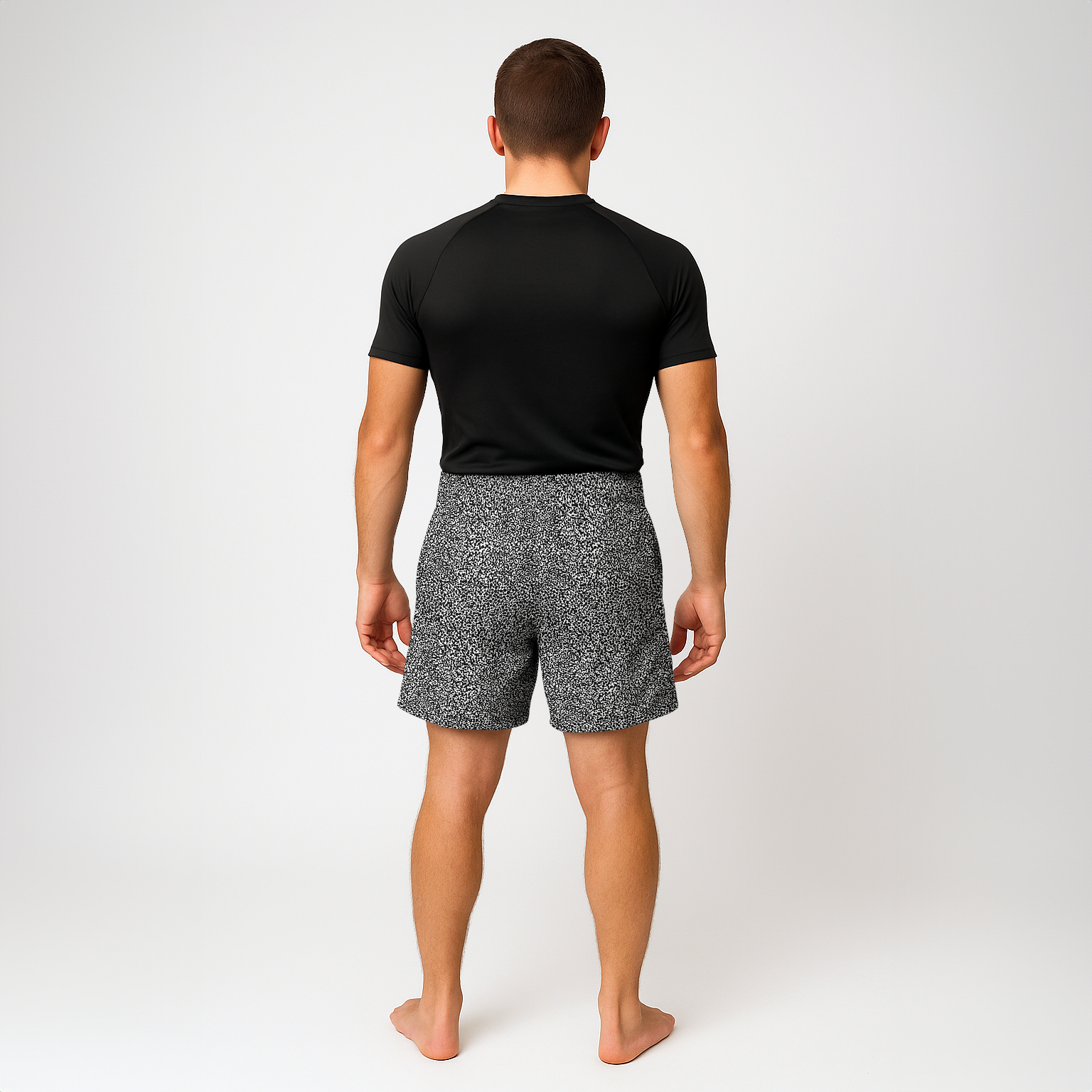The Best BJJ Guards You Need to Know
To progress in Brazilian Jiu Jitsu, one must become adept at the various guard positions to improve their performance. As a dynamic martial art, many guard positions can be employed to succeed in both self-defense and competition scenarios.
In this comprehensive guide, we will delve into some of the most effective and widely used BJJ guards such as Closed Guard, Half Guard, De La Riva Guard, Reverse De La Riva Guard, Spider Guard, Butterfly Guard, X-Guard and Single Leg X-Guard. Additionally, we will explore Lapel Guards which have gained popularity due to innovative players like Keenan Cornelius and his Worm Guard.
By understanding these fundamental guard positions and how they connect with each other within the open guard framework you'll become a more versatile grappler capable of adapting your strategy based on your opponent's movements. Stay tuned as we dissect each guard position in detail so you can develop an arsenal of techniques that will make you a formidable force on the mats.

Closed Guard
The closed guard (also known as the full guard) is the most fundamental of BJJ guards and is typically the first guard you learn. It is characterized by using your legs as a noose to lock your opponent in place. Since the closed guard is designed to limit an opponent's movement, you can typically use posture breaks to further restrict movement and attack the limbs or head.
Benefits of Closed Guard
- Control: The closed guard allows for excellent control over your opponent's movements, making it difficult for them to pass or escape.
- Safety: With proper technique, this position keeps you relatively safe from strikes and submissions while giving you opportunities to attack.
- Versatility: There are numerous submission options available from closed guard, including chokes, armlocks, and leg locks.
Tips for Effective Closed Guard Play
- Maintain a tight grip on your opponent with both legs locked around their waist - don't allow any space between you two.
- Become proficient at breaking down their posture - this will open up more opportunities for attacks such as sweeps and submissions.
- Prioritize attacking with high-percentage techniques like collar chokes (cross choke, loop choke) and armlocks (armbar, omoplata).
- Develop a strong sweeping game to capitalize on your opponent's attempts to pass or escape the closed guard. Popular sweeps include the scissor sweep, the hook sweep, and the flower sweep.
Training with these tips can help you build a strong closed guard, allowing you to manage opponents and set up successful attacks. Developing a strong base in the closed guard is essential for advancing your BJJ skills.
Closed guard is a versatile position that can be used to control your opponent and set up submissions. Half Guard offers an even more dynamic approach, allowing you to remain on the offensive while still controlling your opponent's movements.
Half Guard
The half guard is a versatile and dynamic position in Brazilian Jiu Jitsu, where you trap an opponent's leg using your own legs while creating angles to unbalance them. Initially used as a last-ditch effort before your guard gets passed, the half guard has evolved over the years into a primary guard for many practitioners in competition. There are numerous variants of the half guard that cater to different styles and preferences, such as:
- Z Guard
- Deep Half
- Knee Shield
- Lockdown
Exploring the nuances of half guard and its utility in Brazilian Jiu Jitsu, we will discover how to use it effectively for practice or competition.
Variants of Half Guard: Finding Your Style
The various forms of half guards offer unique advantages depending on your game plan. For example, if you prefer keeping distance from your opponent while still maintaining control, the Z-guard (also known as knee shield) may be suitable for you. This variant involves placing one shin across your opponent's chest or hip area with your foot hooked behind their far thigh (source). The lockdown is another popular option that focuses on controlling an opponent's leg by entwining both legs around theirs and extending them outward (source). Experimenting with these different variations will help you find which suits best for your style.
Maintaining Control in Half Guard
To maintain control within any form of half guard position, it is essential to have proper underhooks and grips. The underhook is the act of placing your arm underneath your opponent's arm and grabbing their far side, allowing you to control their upper body movement. Additionally, using grips on the gi or no-gi variations will help secure positions and prevent opponents from escaping easily.
Attacks and Transitions from Half Guard
The half guard offers a wide range of attacks and transitions for both submissions and sweeps. Some popular techniques include:
- Old School Sweep
- Kimura Lock
- Electric Chair Submission
- Back Takes: Taking an opponent's back by utilizing underhooks or transitioning to other guards such as deep half.
Incorporating these attacks into your game can make you a formidable force in competition while also improving overall BJJ skills.
Half guard is an effective way to control your opponent and transition into a better position. De La Riva Guard provides the practitioner with another great option for controlling their opponent while setting up sweeps, submissions, or escapes.
De La Riva Guard
The De La Riva guard is a classic and highly effective open guard position in Brazilian Jiu Jitsu, named after the legendary BJJ practitioner Ricardo De La Riva. This dynamic guard allows you to control your opponent's movements while setting up various sweeps, submissions, and back takes. One of the most famous techniques from this position is the berimbolo, which has gained popularity among modern BJJ competitors.
Setting Up The De La Riva Guard
To establish the De La Riva guard:
- Your opponent should be standing with one leg forward.
- You must loop your outside leg around their lead leg, hooking it at their thigh or knee area with your foot.
- Your other foot can block their opposite hip or step on their thigh for added control.
- Grip either a sleeve or collar to maintain upper body control and prevent them from easily breaking free of your hooks.
Sweeps From The De La Riva Guard
The versatility of this position enables you to execute numerous sweeps that can disrupt an opponent's balance and lead to dominant positions. Some popular sweeps include:
- Basic De la Riva Sweep: Use your hooked leg to off-balance them while pulling on their sleeve grip towards you as they fall into side control or mount.
- De La Riva Sit-Up Sweep: Transition to a sitting position, pulling your opponent's leg towards you and driving them backward onto the mat.
Submissions From The De La Riva Guard
In addition to sweeps, the De La Riva guard also provides opportunities for various submissions. Some examples include:
- Triangle Choke: By breaking their posture with your grips and hooks, create an opening to shoot your legs up around their neck and arm for a triangle choke.
- Baratoplata: This shoulder lock submission can be set up by transitioning from the De la Riva guard into a modified omoplata position.
The De La Riva guard is an essential part of any BJJ practitioner's arsenal due to its versatility in both gi and no-gi grappling. By mastering this classic open guard position, you'll have numerous options at your disposal when facing standing opponents on the mats.
The De La Riva Guard is a great guard for jiu jitsu practitioners of all levels and can be used to set up many different attacks. Moving on, the Reverse De La Riva Guard offers an even greater range of options when it comes to defending yourself in Jiu Jitsu.
Reverse De La Riva Guard
The reverse De La Riva guard is an effective and versatile variation of the traditional De La Riva guard. This position allows you to control your opponent's movements while providing numerous attacking options. In this section, we will explore the fundamentals of reverse De La Riva guard, its benefits for both gi and no-gi BJJ practitioners, and some popular techniques that can be employed from this position.
Fundamentals of Reverse De La Riva Guard
In the reverse De La Riva guard, you loop your leg around your opponent's lead leg from an inside position instead of outside as in the regular De La Riva guard. Your other foot should be placed on their hip or thigh to maintain distance and control. Meanwhile, use one hand to grip their collar or sleeve while using the other hand to secure their ankle or pants cuff.
- Maintain proper leg positioning: Ensure that your hooking leg is firmly wrapped around your opponent's lead leg with active pressure applied throughout.
- Grip management: Secure strong grips on either their collar/sleeve or ankle/pants cuff depending on what suits best for a specific technique.
- Dominant angle: Strive to create angles by moving off-center rather than staying directly in front of them which could make it easier for them to pass your guard.
Benefits for Gi and No-Gi Practitioners
The reverse De La Riva offers several advantages regardless if you're training with your BJJ gi or practicing no-gi. This guard is particularly effective against standing passers, as it restricts many common splitting passes. Additionally, the reverse De La Riva can be easily transitioned to other guards such as butterfly guard or single leg X-guard.
Popular Techniques from Reverse De La Riva Guard
Here are some popular techniques that you can incorporate into your game when playing the reverse De La Riva guard:
- Kiss of the Dragon Sweep: Also known as "spin under" sweep, this technique involves spinning underneath your opponent and taking their back or sweeping them over.
- Berimbolo: A variation of the classic berimbolo attack where you invert and spin underneath your opponent to take their back or establish a dominant position.
- Ankle Lock Submission: Secure an ankle lock by trapping their foot with both hands while maintaining control with your hooking leg.
- Tripod Sweep: Using a combination of grips on their collar/sleeve and ankle/pants cuff along with pressure from your feet on their hip/thigh, off-balance them backward for a successful sweep.
Incorporating the reverse De La Riva guard into your BJJ arsenal will undoubtedly enhance your open guard game. Its versatility allows for numerous attacking options while providing excellent control over opponents who prefer standing passes. So give it a try during training sessions and watch how it improves overall performance on the mats.
Reverse De La Riva Guard is an effective guard for jiu jitsu practitioners of all levels and can be used to gain a dominant position in the fight. Spider Guard is another powerful guard that requires quick reflexes and great balance; it's a must-have for any serious BJJ practitioner.
Spider Guard
The spider guard is a gi-specific technique where you use your legs to control the opponent's upper body. You use your feet as a blocking mechanism by placing them towards your opponent's biceps while you hold the sleeve with your hands. This is a very controlling guard and is the perfect guard to use for those who love to use triangle chokes and omoplatas.
Key Components of Spider Guard
- Sleeve Grips: Controlling both sleeves of your opponent allows you to manipulate their posture, making it difficult for them to pass or attack.
- Bicep Control: Placing one or both feet on the biceps helps maintain distance and prevent opponents from closing in on you.
- Hip Movement: Constantly adjusting hip position can create angles that open up opportunities for sweeps, submissions, and back takes.
Tips for Developing an Effective Spider Guard Game
- Familiarize yourself with different grips: To make full use of spider guard techniques, experiment with various gripping options such as pistol grip, pocket grip or cuff grip. Each has its advantages depending on what type of attacks or defenses are needed at any given moment during a match......
- Maintain proper tension: A key aspect of spider guard effectiveness lies in maintaining appropriate tension between yourself and your opponent. Too much slack may allow them easy access past your defenses; too much pressure might lead to losing control over their limbs altogether.
- Prioritize flexibility and mobility: Spider guard practitioners should work on improving their flexibility, particularly in the hips and legs. Maintaining fluidity between positions can help to keep your opponent guessing, allowing you to make the most of every opportunity.
- Drill transitions: One of the most effective ways to improve your spider guard game is by drilling transitions from other guards such as closed guard or De La Riva Guard. This will help you seamlessly switch between different types of guards depending on what works best against a specific opponent.
The spider guard offers numerous attacking options while maintaining control over an opponent's upper body. With proper practice and understanding of its key components, this versatile position can become a valuable addition to any BJJ practitioner's arsenal. For more information about mastering the Spider Guard technique, check out this comprehensive tutorial.
Spider Guard is a great guard to use when you want to control your opponent and set up attacks. Butterfly Guard offers more dynamic opportunities for sweeps, submissions, and transitions than Spider Guard does.
Butterfly Guard
The butterfly guard is an essential open guard technique that every Brazilian Jiu Jitsu practitioner should have in their arsenal. It involves using your shins to block the opponent from the front, creating opportunities for attacks and sweeps. This dynamic and versatile guard was popularized by multiple-time world champion Marcelo Garcia, who has used it effectively in numerous high-level competitions.
Key Elements of Butterfly Guard
- Hip Movement: The key to a successful butterfly guard lies in your ability to move your hips freely. Maintaining distance control between you and your opponent allows you to create angles for various attacks.
- Sweeps: One of the primary goals when playing butterfly guard is sweeping your opponent off balance, which can lead to dominant positions or submissions. Some common sweeps include the basic hook sweep, elevator sweep, and double underhook sweep.
- Submissions: From the butterfly guard position, there are several submission options available such as guillotine chokes, arm drags leading to back takes or armbars depending on how your opponent reacts.
- Grip Fighting: Controlling grips is crucial when playing any type of open guard game including butterfly; winning grip battles will enable better control over opponents movements while setting up potential attacks.
Tips for Developing a Strong Butterfly Guard Game
- Focusing on Hip Mobility: Incorporate hip mobility exercises into your warm-up routine before training sessions; this will help improve flexibility and movement in the butterfly guard position.
- Drilling Techniques: Spend time drilling sweeps and submissions from butterfly guard with a partner, focusing on proper technique and timing to increase effectiveness during live sparring situations.
- Experimenting with Variations: There are numerous variations of the butterfly guard, such as half-butterfly or reverse butterfly. Experimenting with these different positions can help you find what works best for your personal game style while also expanding your overall BJJ knowledge base.
Incorporating the butterfly guard into your Brazilian Jiu Jitsu game will provide you with a strong open-guard option that is both offensive and defensive. By understanding its key elements, practicing techniques regularly, and experimenting with various variations, you'll be well on your way to mastering this essential BJJ position.
The butterfly guard is a powerful technique that can be used to control an opponent while setting up submissions. Moving on, the X-Guard offers another option for taking down and controlling your opponents in BJJ matches.
X-Guard
The x-guard is an open guard where your legs form an "x" position underneath your opponent. The general premise of this guard is to disrupt the opponent's balance either by expanding or contracting your leg configuration. There are several advantages and techniques associated with the x-guard, making it a valuable addition to any BJJ practitioner's arsenal.
Benefits of X-Guard
- Control: The unique positioning of your legs in the x-guard allows for excellent control over your opponent's movements and balance.
- Sweeps: Due to its ability to off-balance opponents, the x-guard offers numerous sweeping opportunities that can lead you directly into dominant positions such as mount or back control.
- Versatility: The x-guard works well in both gi and no-gi grappling, making it a versatile option for practitioners who train in multiple formats.
X-Guard Techniques
Becoming proficient at using the x-guard requires learning various techniques that capitalize on its strengths. Some popular options include:
- X-Guard Sweep to Back Take: This technique involves using leverage from the X position to sweep an opponent forward before transitioning into a back take.
- X-Pass Counter: If an opponent attempts passing while you have them in X-Guard, use this counter technique developed by Bernardo Faria to maintain control and prevent their pass attempt successfully.
- Technical Stand-Up from X-Guard: This technique allows you to transition smoothly from the x-guard position into a standing position, ready to engage in takedowns or other attacks.
Reverse X-Guard
The "x" in the x-guard is switched around for its reverse counterpart, giving you a great opportunity to incorporate leg locks into your grappling. It acts similarly but with the leg positioning of the "x" reversed. The reverse x-guard is an excellent option for those who enjoy incorporating leg locks into their game. To learn more about this variation and its applications, check out this comprehensive guide on Reverse X-Guard.
By adding both regular and reverse x-guards to your BJJ toolkit, you'll have even more options for controlling opponents and setting up sweeps or submissions during training sessions and competitions alike.
X-Guard is a powerful guard that can be used to control and submit your opponent. With the Single Leg X-Guard, you will learn how to use this versatile guard in more advanced scenarios.
Single Leg X-Guard
The single leg x-guard (SLX) is a versatile and highly effective open guard position that has gained popularity in both gi and no-gi Brazilian Jiu Jitsu. Similar to the regular x-guard, SLX focuses on isolating one side of your opponent's hip instead of two. This dynamic guard offers numerous attacking options, including sweeps, submissions, and most notably, leg locks.
Key Benefits of Single Leg X-Guard
- Offensive Opportunities: The SLX provides ample opportunities for attacks such as sweeps and submissions like ankle locks or heel hooks.
- Versatility: It can be used effectively in both gi and no-gi BJJ settings.
- Better Control: By isolating one side of your opponent's hip, you gain more control over their movements while maintaining a strong base yourself.
Famous Practitioners Utilizing the Single Leg X-Guard
A couple of notable practitioners who have successfully incorporated the single leg x-guard into their game are Garry Tonon and Gordon Ryan. Both athletes have showcased this powerful guard in high-level competitions with great success. Their matches serve as excellent examples for those looking to study the intricacies of this technique further. You can watch some highlights from these world-class competitors by visiting links like Garry Tonon's highlight reel, or checking out some instructional videos featuring Gordon Ryan's SLX system.
How to Set Up the Single Leg X-Guard
To effectively set up the single leg x-guard, follow these steps:
- Create an angle: Start by creating an angle with your opponent, making it easier for you to enter into the guard position.
- Control their ankle and knee: Grab your opponent's ankle with one hand while controlling their knee with your other hand. This will help secure their leg in place as you transition into SLX.
- Elevate and insert your legs: Elevate your hips off the ground and insert one foot behind their far-side thigh (creating a hook) while placing your other foot on top of their near-side hip. This forms the "x" shape that characterizes this guard position.
- Maintain control: Continue holding onto their ankle and knee for added control throughout transitions or attacks from this position.
Incorporating the single leg x-guard into your BJJ game can provide numerous benefits, including increased offensive opportunities, versatility across gi and no-gi settings, better overall control over opponents' movements. By studying high-level practitioners like Garry Tonon and Gordon Ryan who have successfully utilized this technique in competition, you'll be well on your way to mastering this powerful open guard variation yourself.
Single Leg X-Guard is an effective guard that can be used to control your opponent and set up submissions. Now let's explore the world of Lapel Guards, which offer a unique way to attack from the bottom position.
Lapel Guards
The term lapel guard encompasses a variety of guards that utilize the lapel to control an opponent. These innovative and versatile guards have gained popularity in recent years, thanks to high-level practitioners like BJJ superstar Keenan Cornelius. Lapel guards offer numerous attacking options and can be adapted to suit different styles of play.
Worm Guard
A prime example of a lapel guard is the worm guard, which has become synonymous with Keenan Cornelius' game. In this position, you wrap your opponent's lapel around their leg while controlling it with one hand. This creates immense pressure on their posture and balance, allowing for various sweeps and submissions.
Key Benefits:
- Tremendous control over your opponent's movement
- Numerous sweep opportunities from multiple angles
- Potential for back takes or other submission setups
- Frustrates opponents by limiting their passing options
Squid Guard & Gubber Guard
In addition to worm guard, there are other variations of lapel guards such as the squid guard and gubber guard. The squid guard involves wrapping your own leg with the opponent's lapel while maintaining sleeve control; whereas in gubber-guard you pass the end of your own gi-lapel underneath your foot before gripping it again. Both these positions provide excellent leverage points against standing passers making them effective open-guards especially when combined together.
Squid-Guard Key Benefits:
- Effective against standing passers
- Promotes off-balancing and sweeping opportunities
- Combines well with other lapel guards, such as worm guard
Gubber-Guard Key Benefits:
- Solid control over opponent's posture and movement
- Limits the passer's options to initiate a pass attempt
- Provides strong grip on your own gi-lapel for better leverage
Incorporating lapel guards into your BJJ game can open up new avenues of attack while keeping opponents guessing. To learn more about these innovative positions, check out this comprehensive guide on various BJJ guards, including detailed breakdowns of different lapel guard variations.
Grasping the concept of lapel guards is a key element for any jiu jitsu enthusiast, and when mastered can be an invaluable tool. Moving on, let us explore how open guard techniques can add another layer of complexity to your game.
Open Guard
The open guard is a dynamic, versatile position in BJJ which utilizes the legs and feet to control distance between you and your adversary. This type of guard allows for more mobility than closed guards, making it an excellent choice for those who prefer an active game. Open guards are particularly useful against standing opponents or when transitioning from one type of guard to another.
Variations of Open Guard
There are numerous variations of open guards that cater to different styles and preferences. Some popular examples include:
- Tornado Guard: Developed by BJJ black belt Roberto "Cyborg" Abreu, this unique guard involves hooking one foot behind the opponent's knee while using the other leg as a shield across their chest. The tornado guard is known for its sweeping capabilities and back-take opportunities.
- Rubber Guard: Popularized by Eddie Bravo, founder of 10th Planet Jiu Jitsu, rubber guard involves controlling an opponent's posture with flexibility by bringing one leg high up around their neck while maintaining sleeve or wrist control with both hands. This can lead to various submission attempts such as triangles, omoplatas, or gogoplatas.
- Sit-Up Guard: Also known as seated or upright open-guard positions like collar-sleeve, sit-up guard allows you to maintain distance from your opponent while staying ready for sweeps and submissions. This position is particularly effective against aggressive passers who try to pressure their way through the guard.
Developing Your Open Guard Game
To excel in open guards, it's essential to develop a strong foundation of techniques that suit your body type and style. Here are some tips for improving your open-guard game:
- Drill regularly: Consistent practice is key when developing any aspect of BJJ, including open guards. Dedicate time during each training session specifically for drilling various open-guard positions and transitions.
- Incorporate grip fighting: Controlling an opponent's limbs with proper grips can make or break your success in maintaining an effective open guard. Focus on establishing dominant grips early in a match or roll, as this will greatly improve your ability to control the action.
- Analyze high-level practitioners: Study footage of elite competitors who excel at using different types of open guards such as Leandro Lo, Michelle Nicolini, or Keenan Cornelius - take note of their setups, transitions between positions, and submission attempts from these guards.
- Spar with diverse partners: Regularly rolling with training partners who have different styles and skill levels will help you adapt your open-guard game under various conditions - allowing you to become more well-rounded overall.
The world of Brazilian Jiu Jitsu offers countless opportunities for growth and exploration within its vast array of techniques. Open guards are an essential part of any practitioner's game, and with dedication and consistent practice, you can develop a dynamic open-guard arsenal that will serve you well on the mats.
Conclusion
As you can see, there are many different types of bjj guards that a jiu jitsu practitioner can use to their advantage. To maximize their effectiveness, it is essential for practitioners to comprehend the basics and mechanics of each guard. With practice and dedication, any BJJ practitioner will be able to master these various guards and become an even more formidable opponent on the mats.

